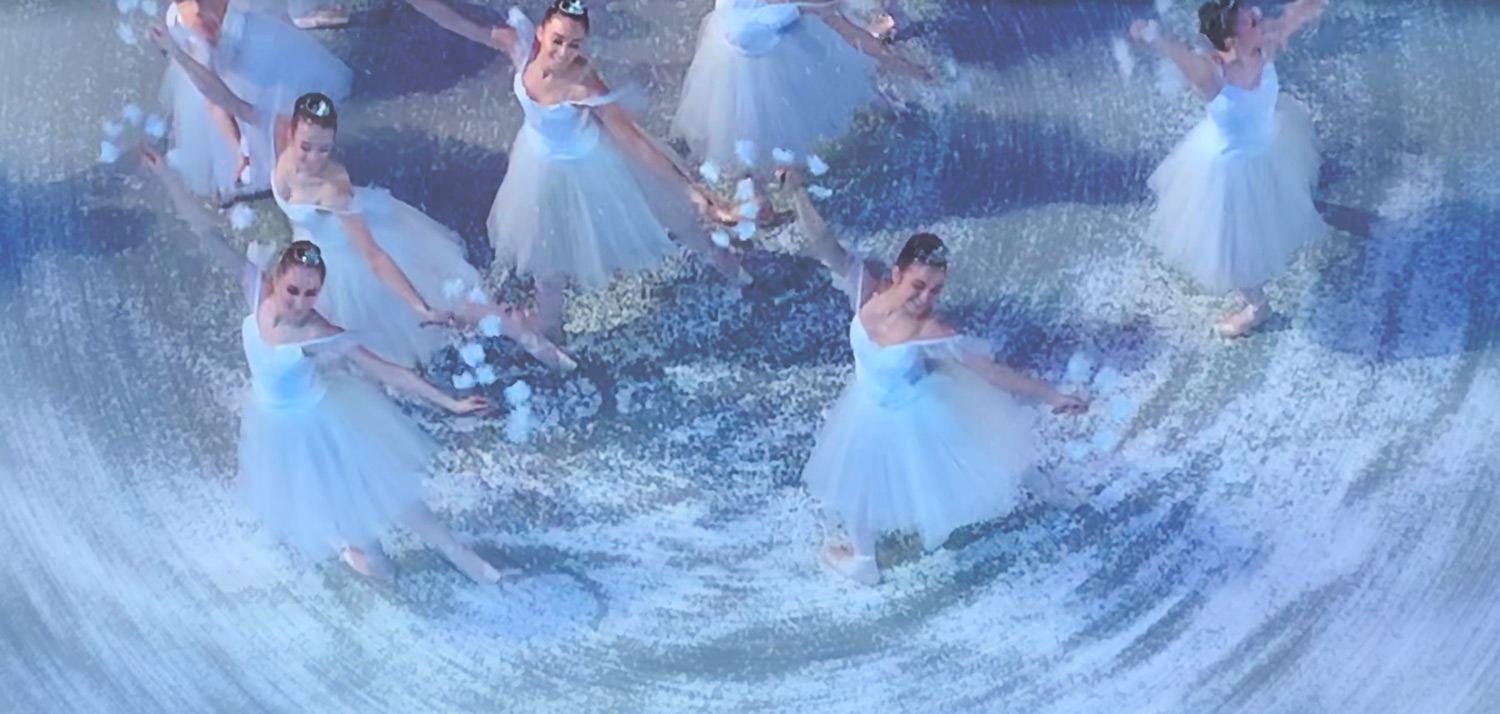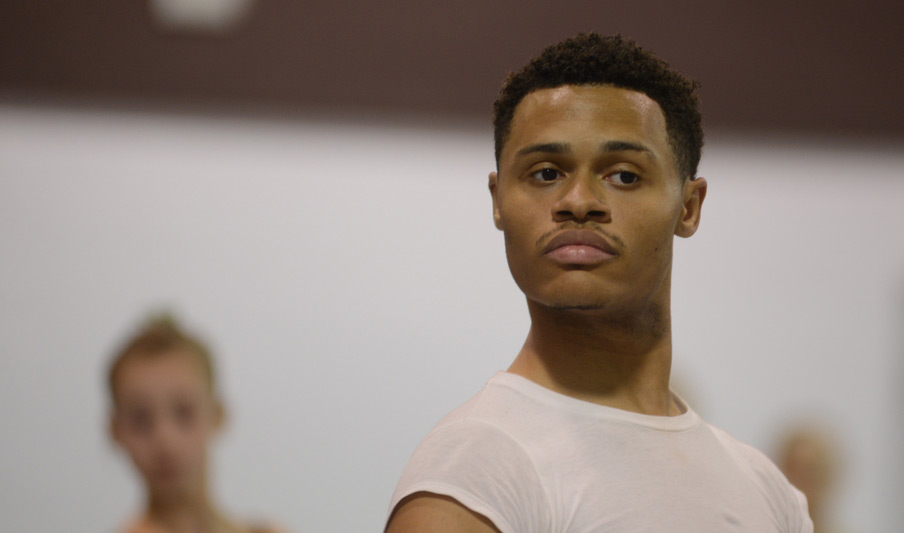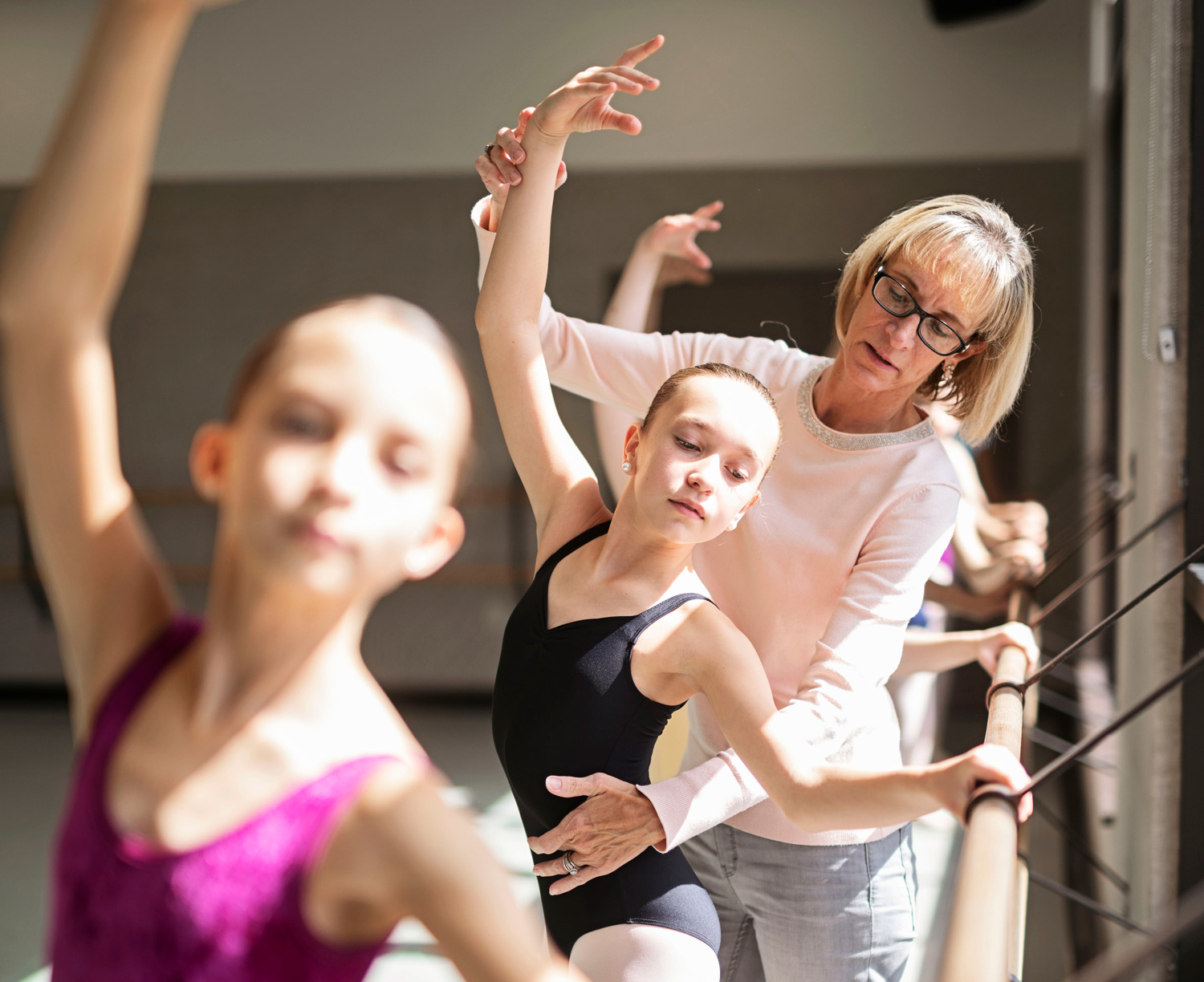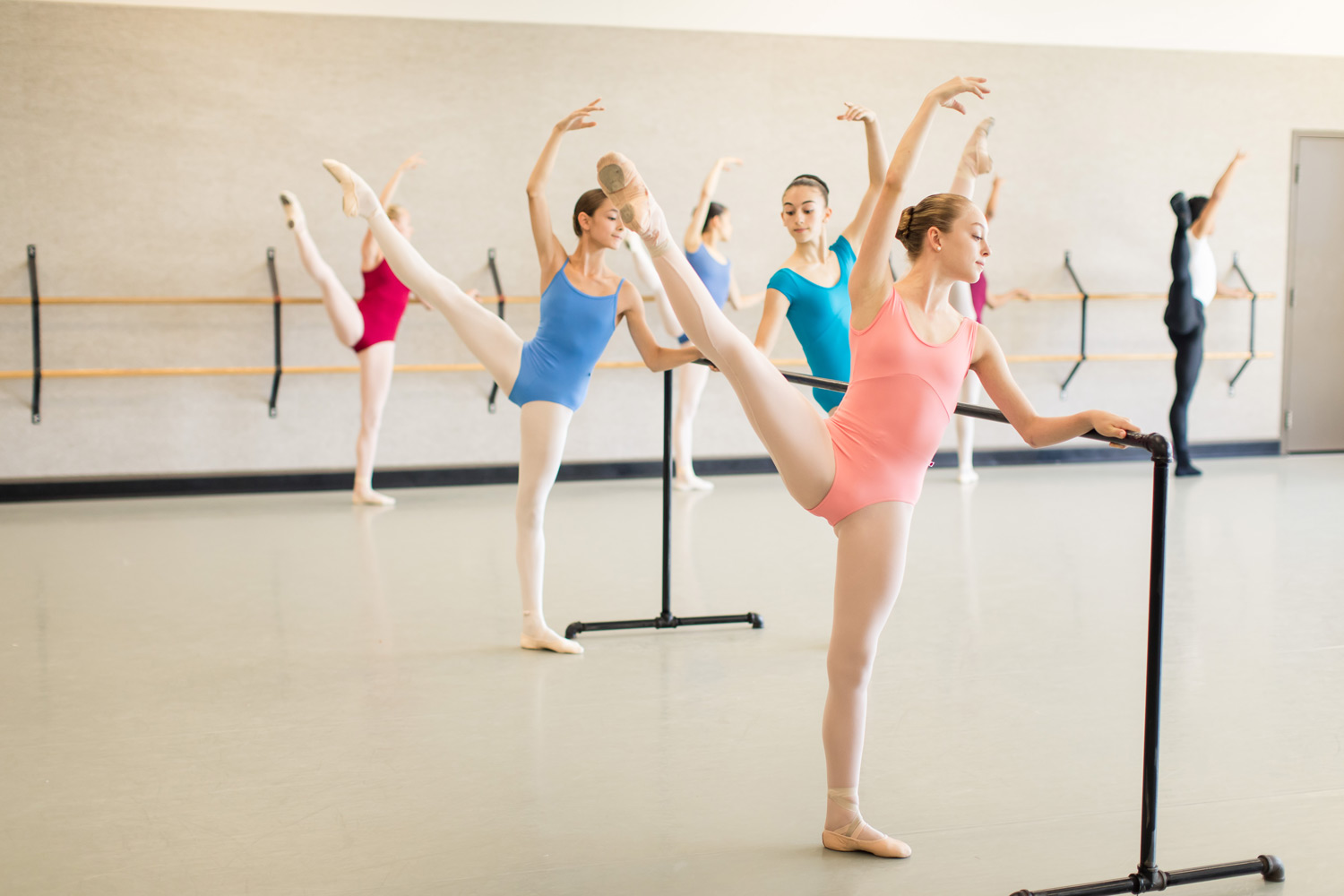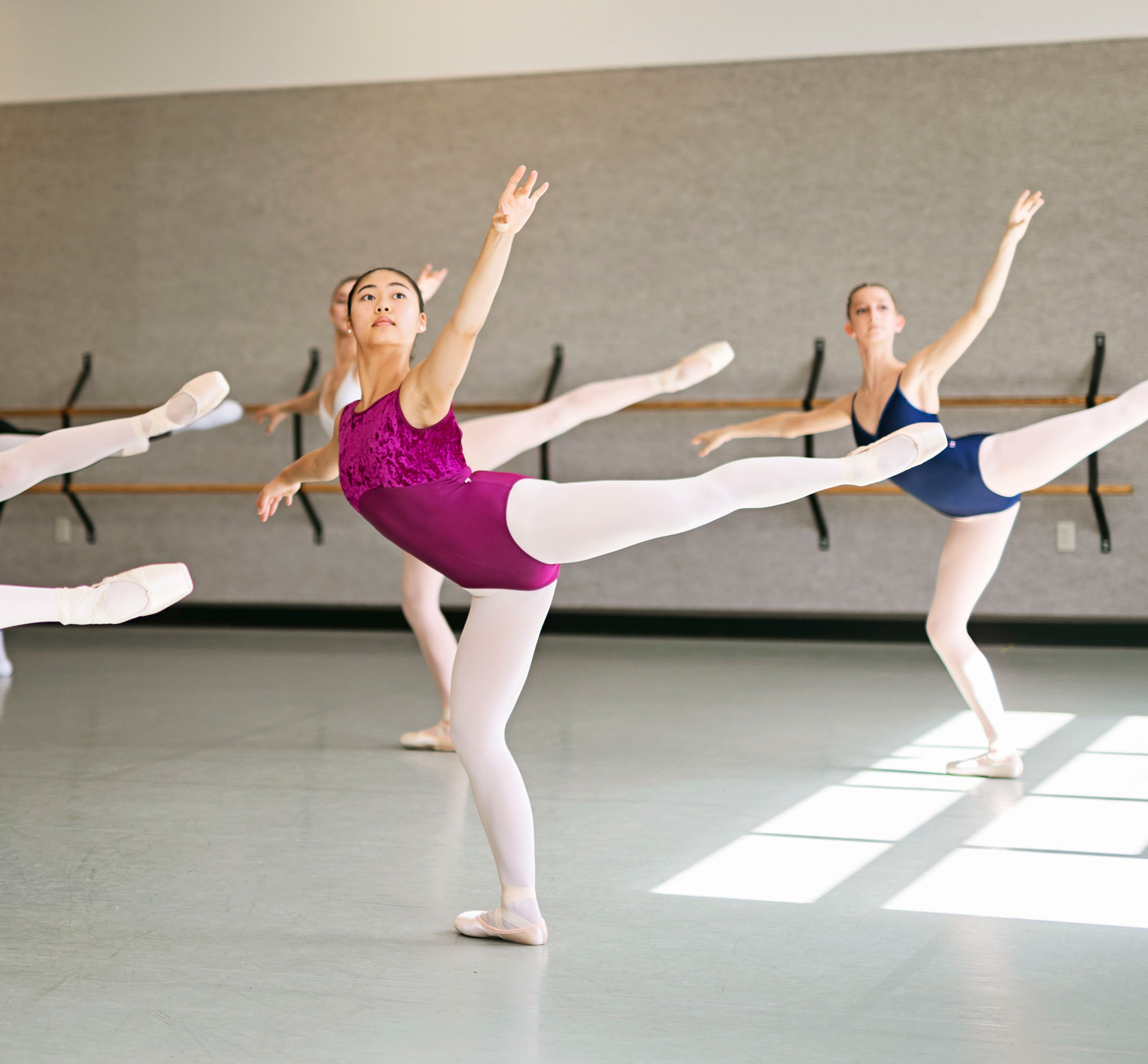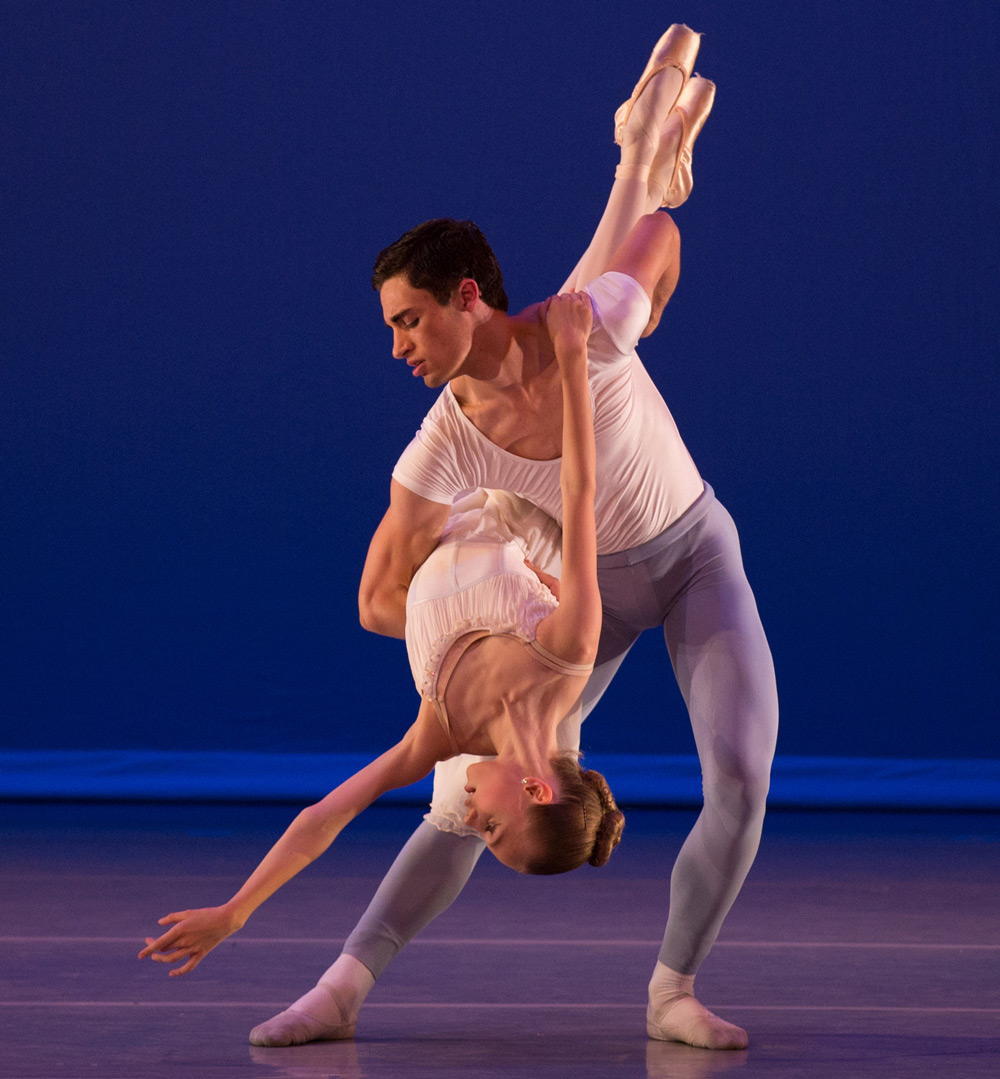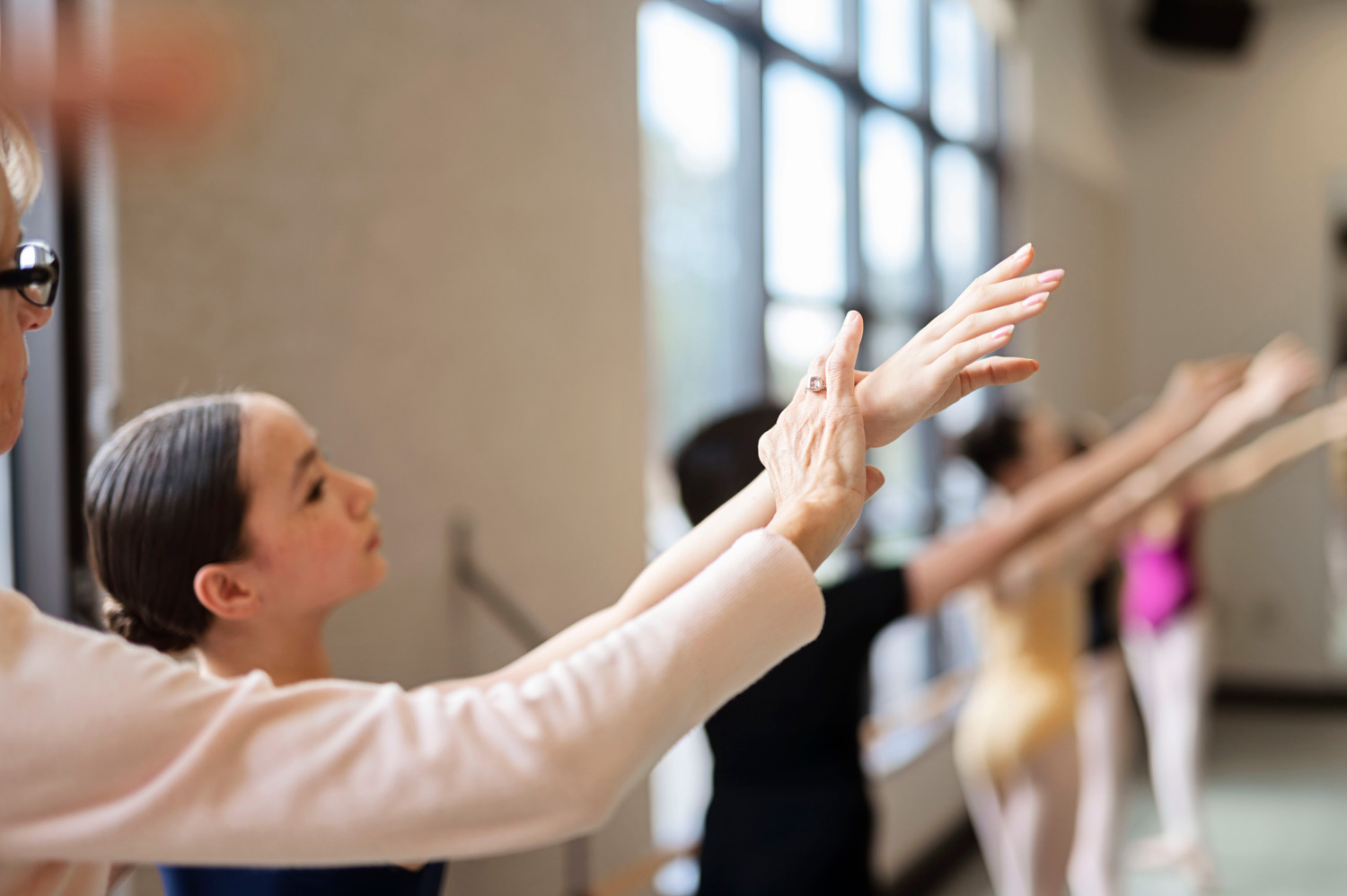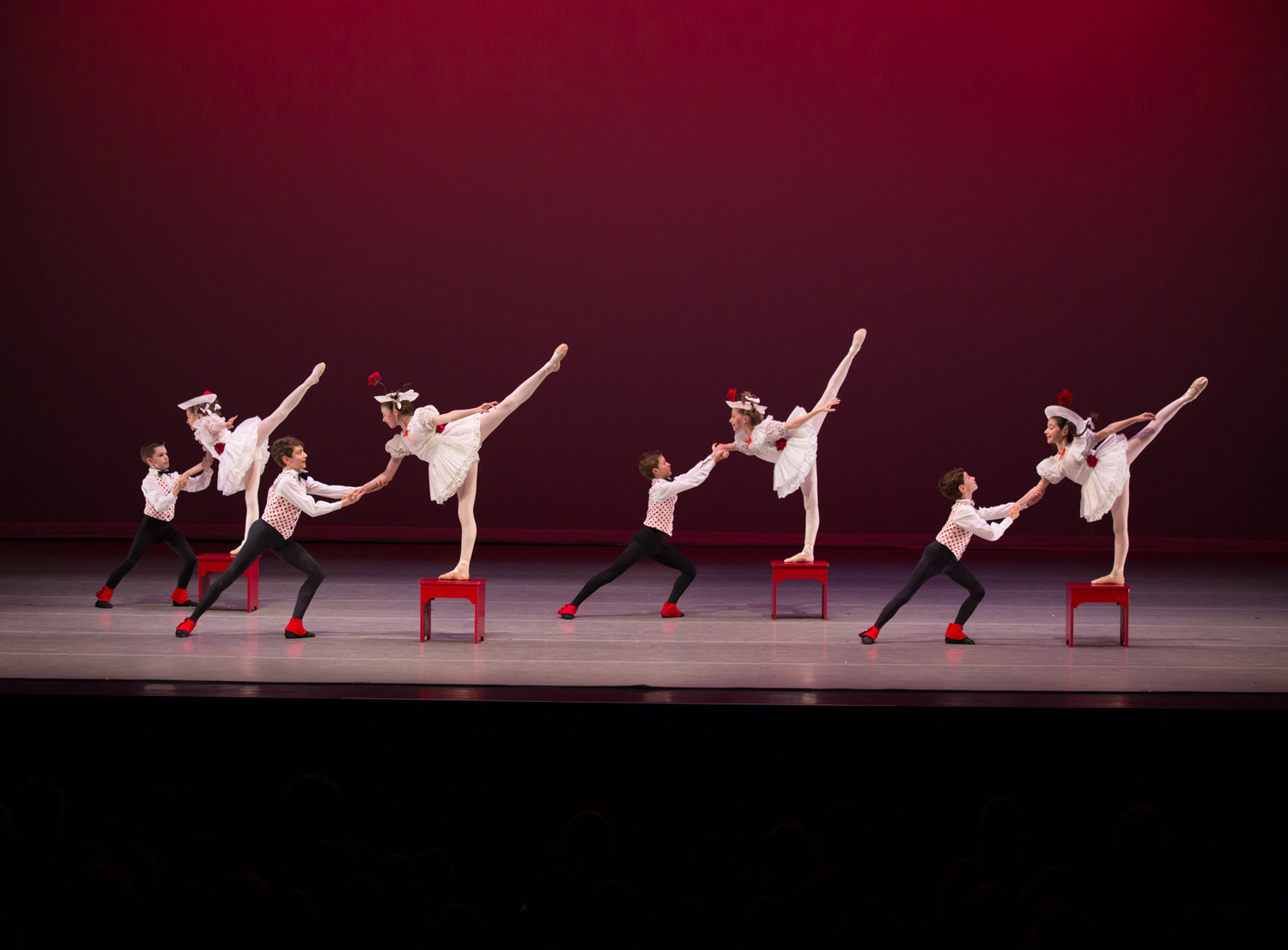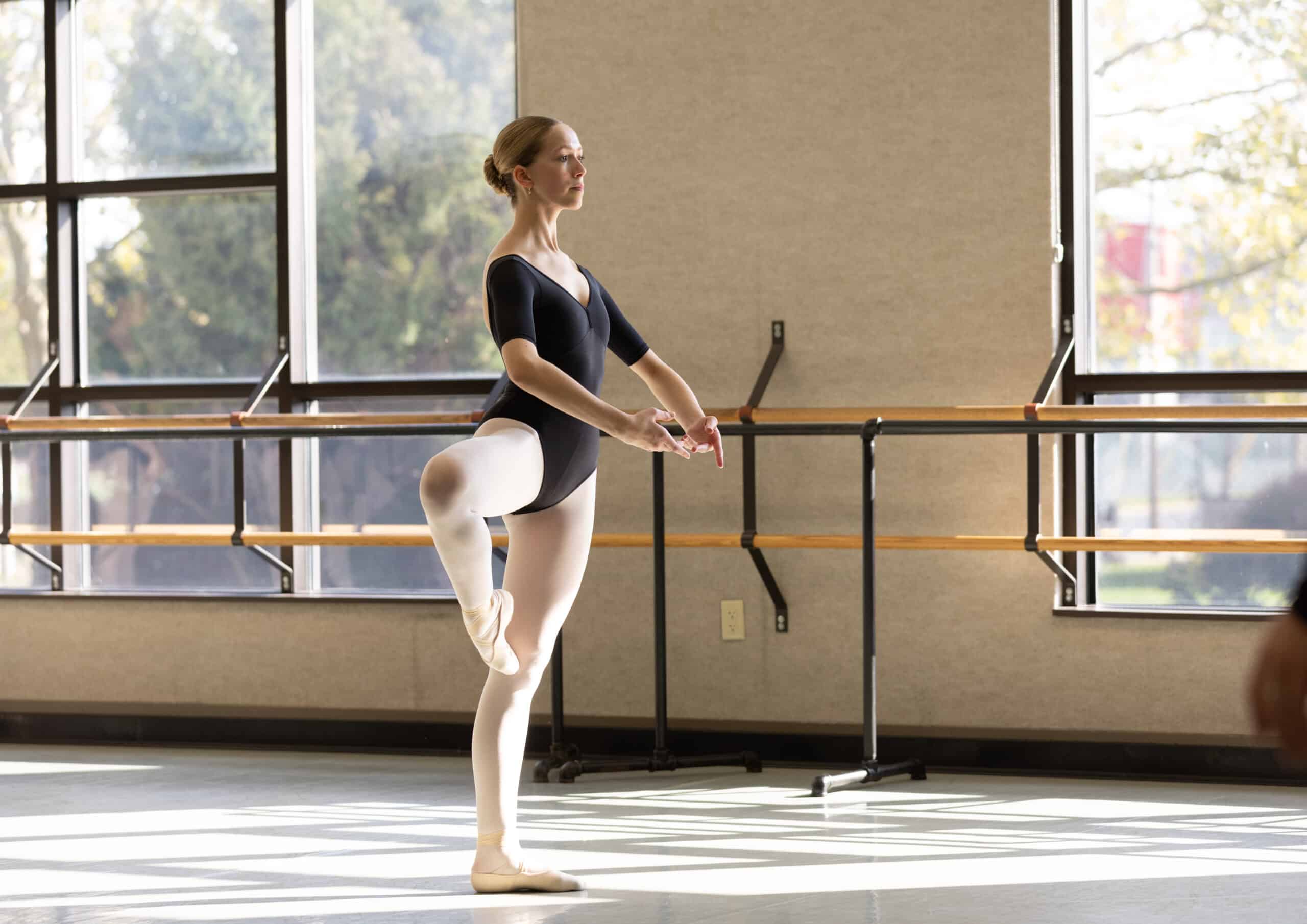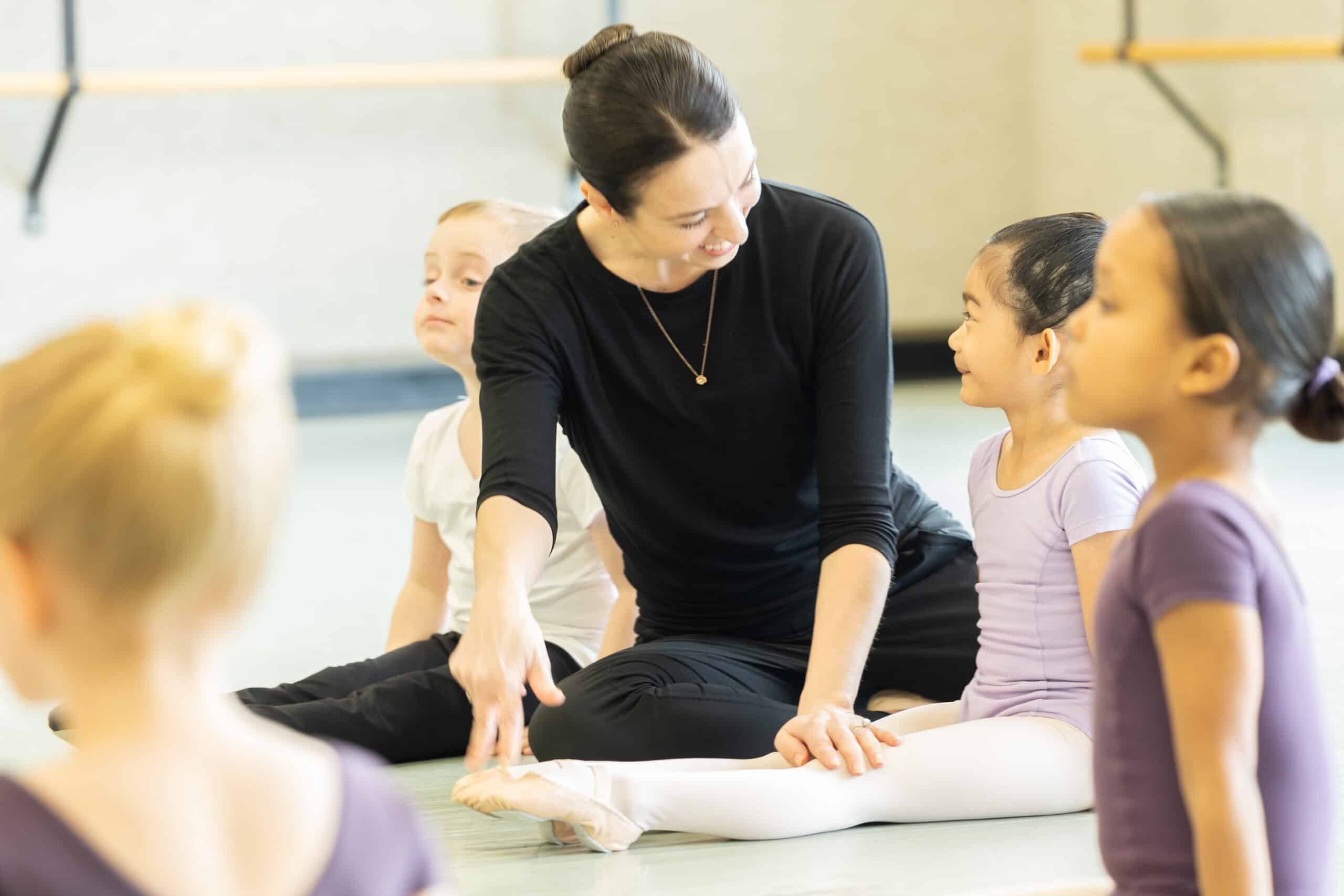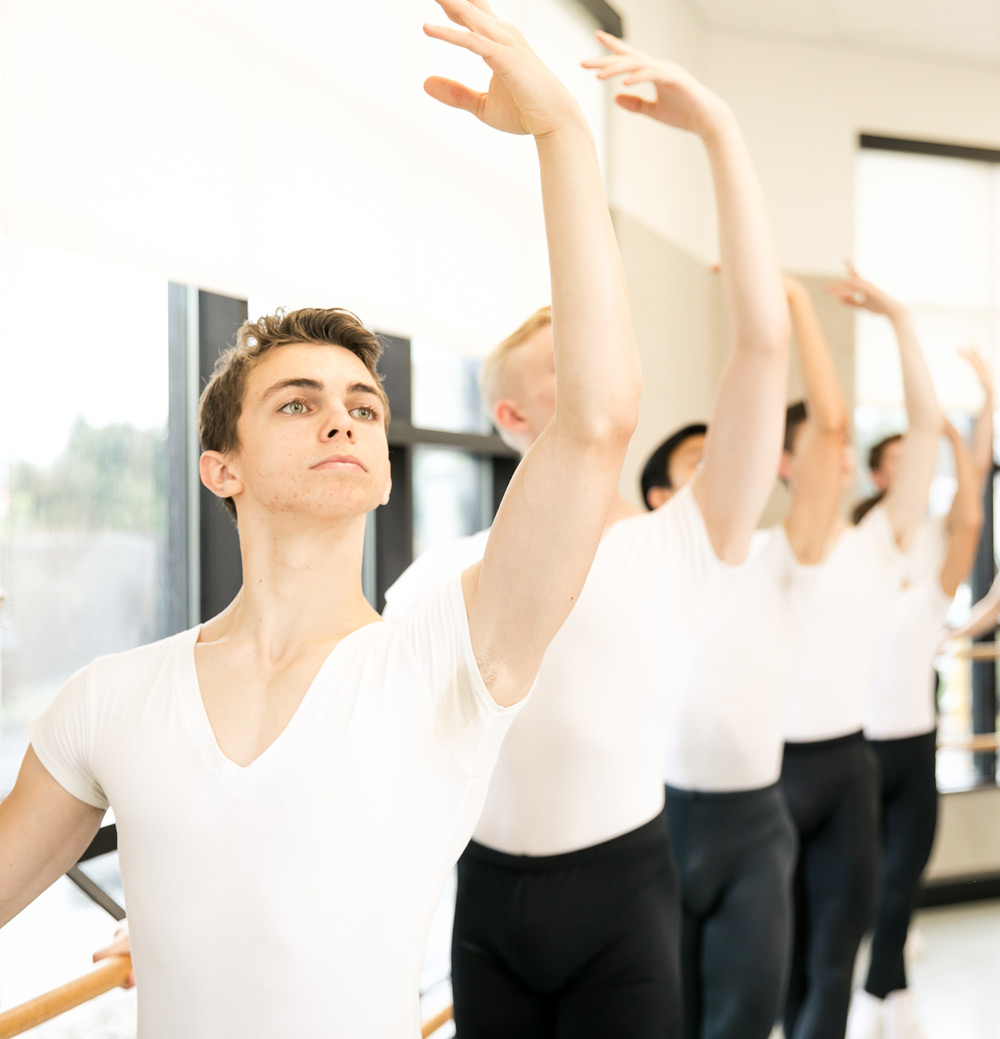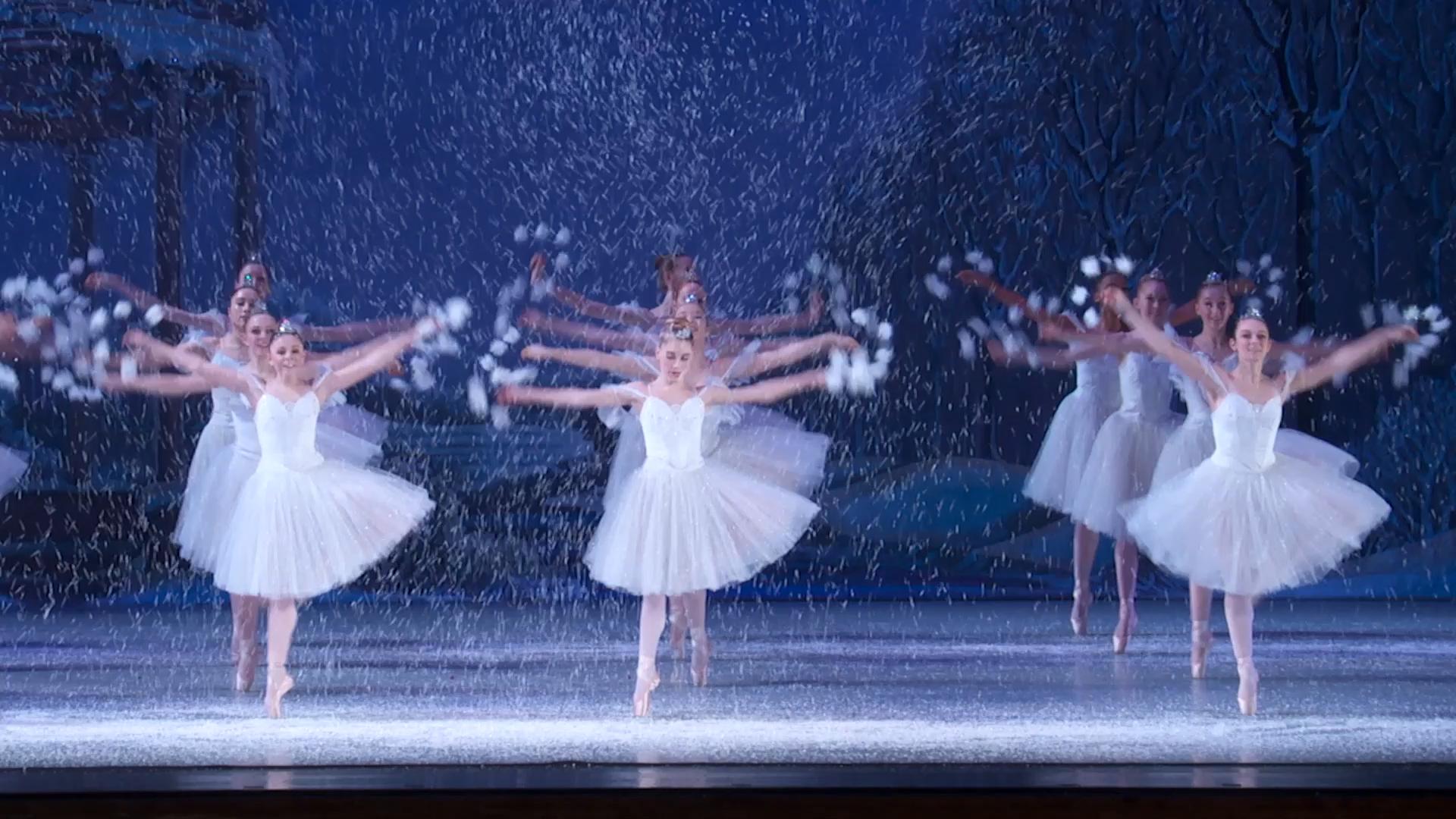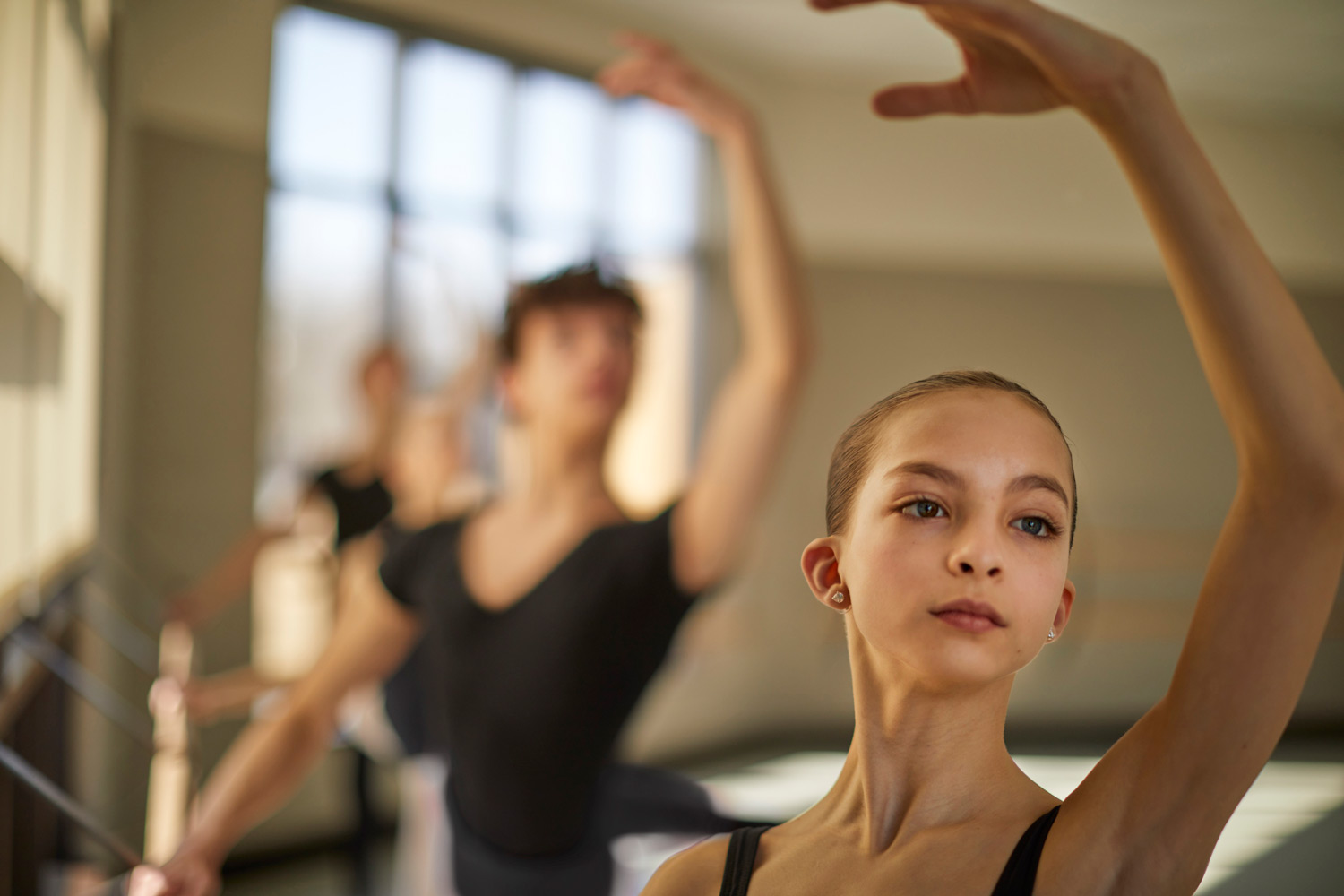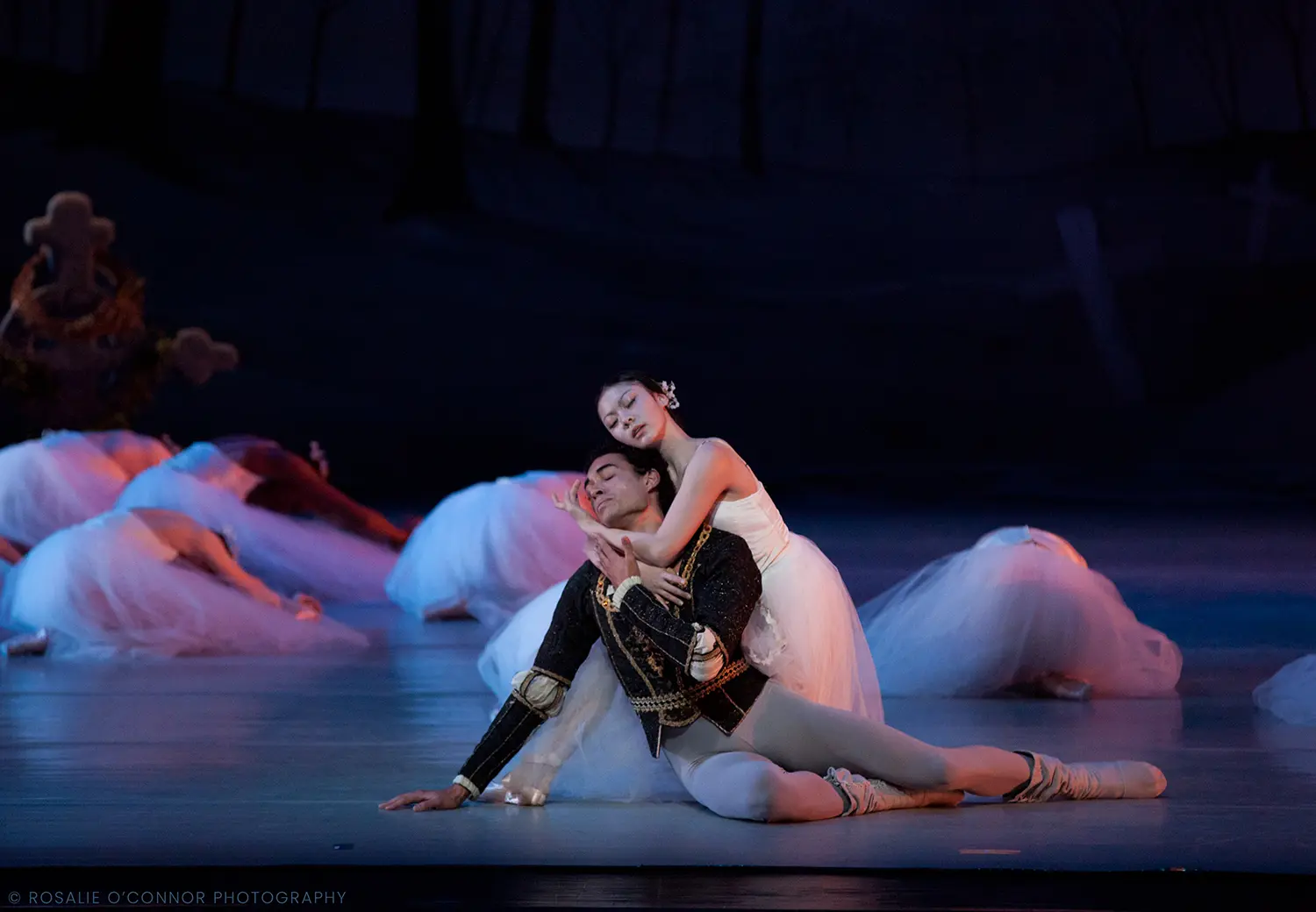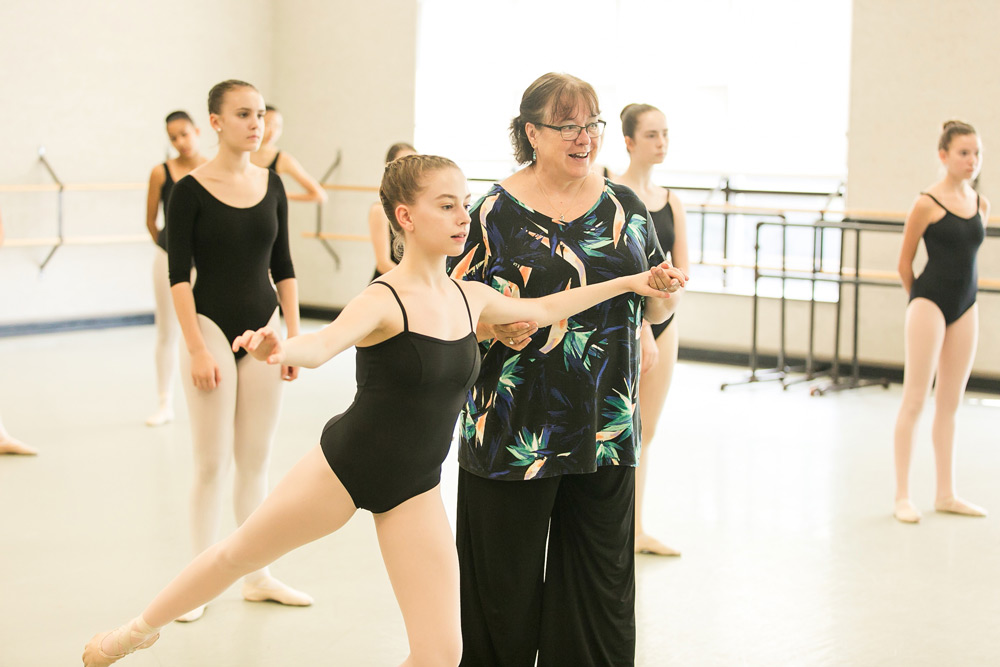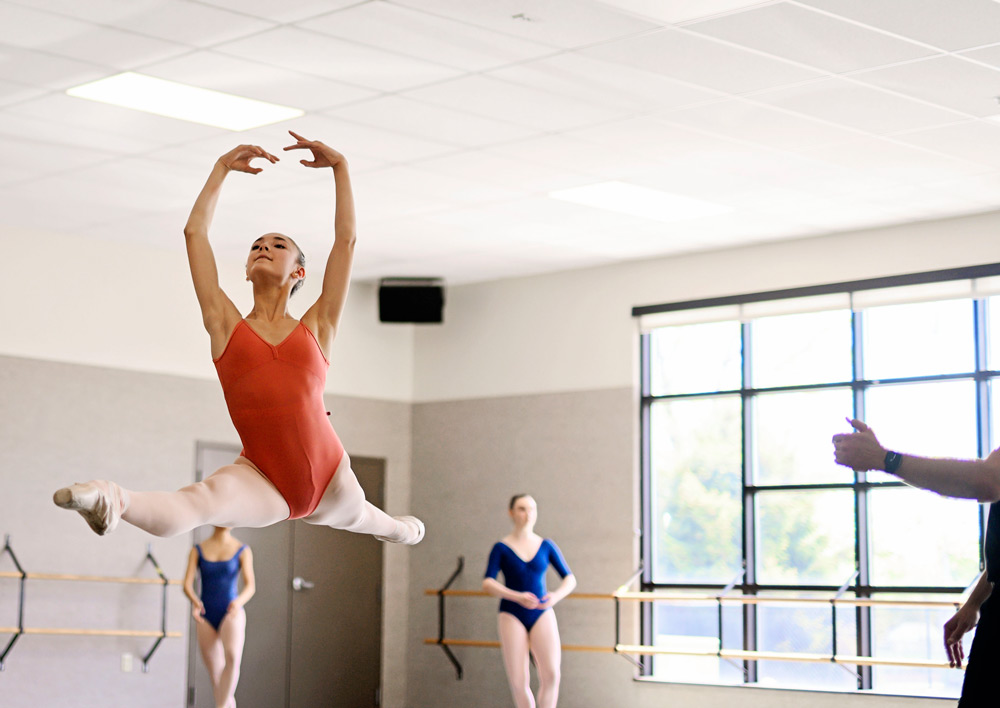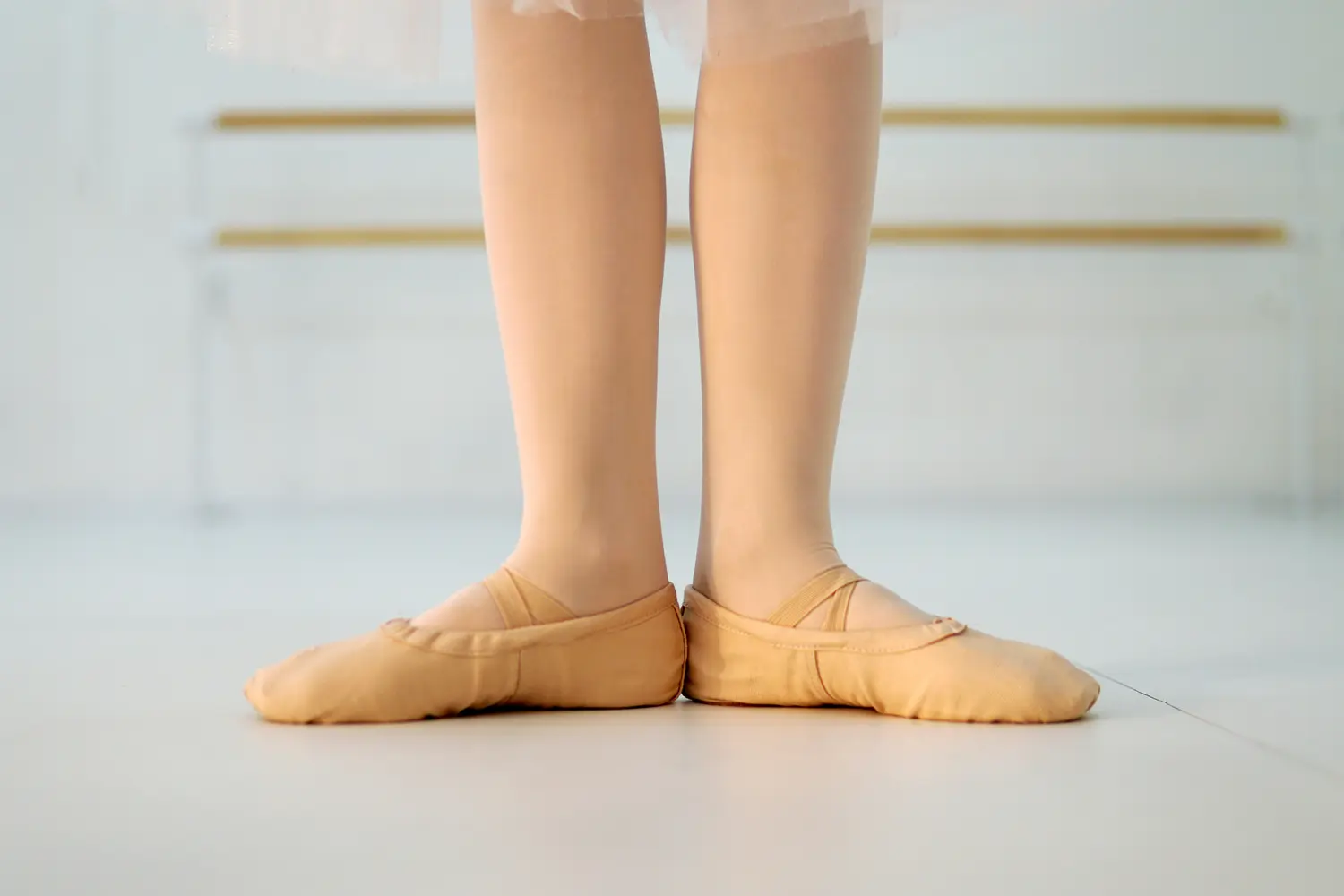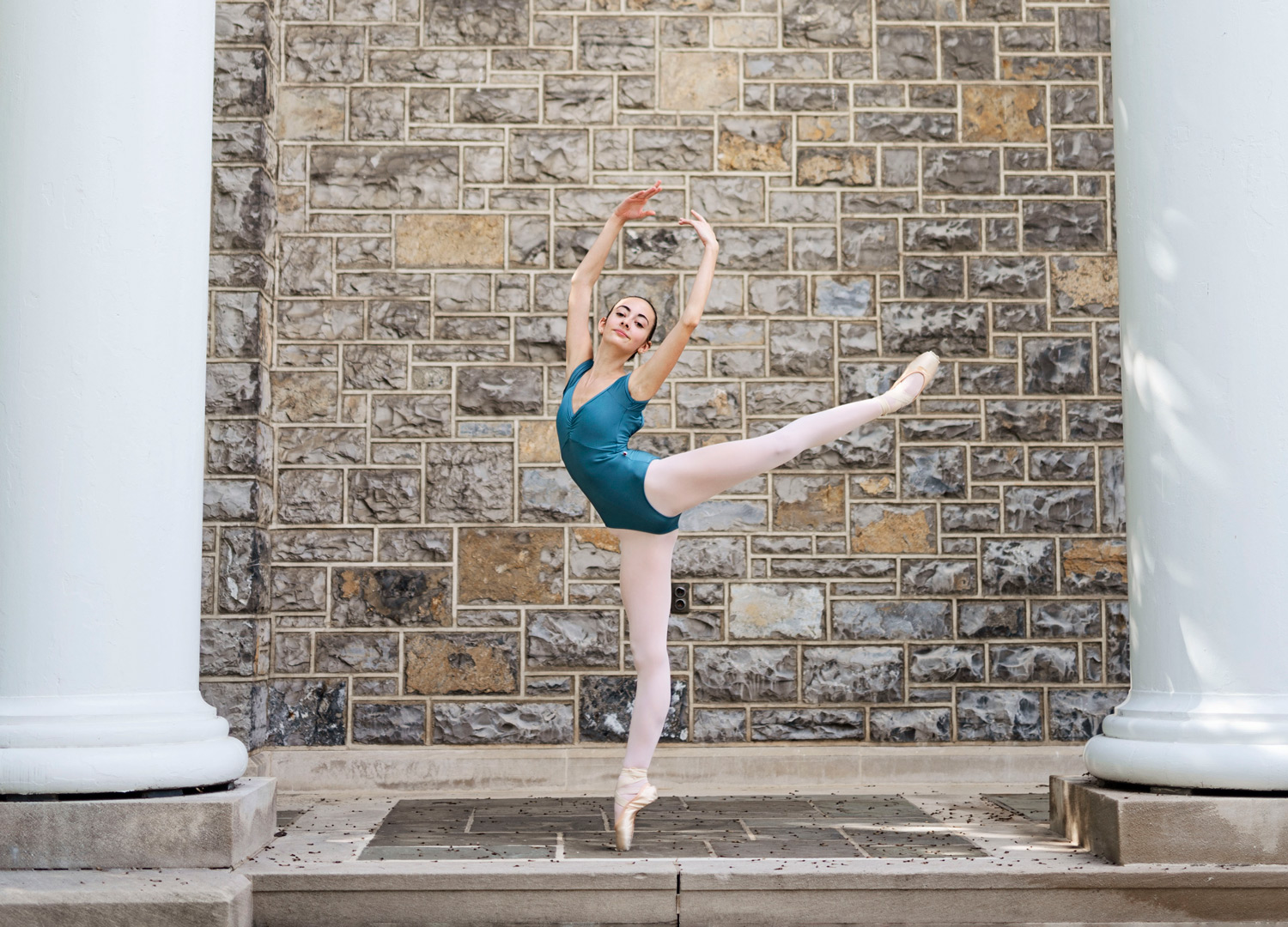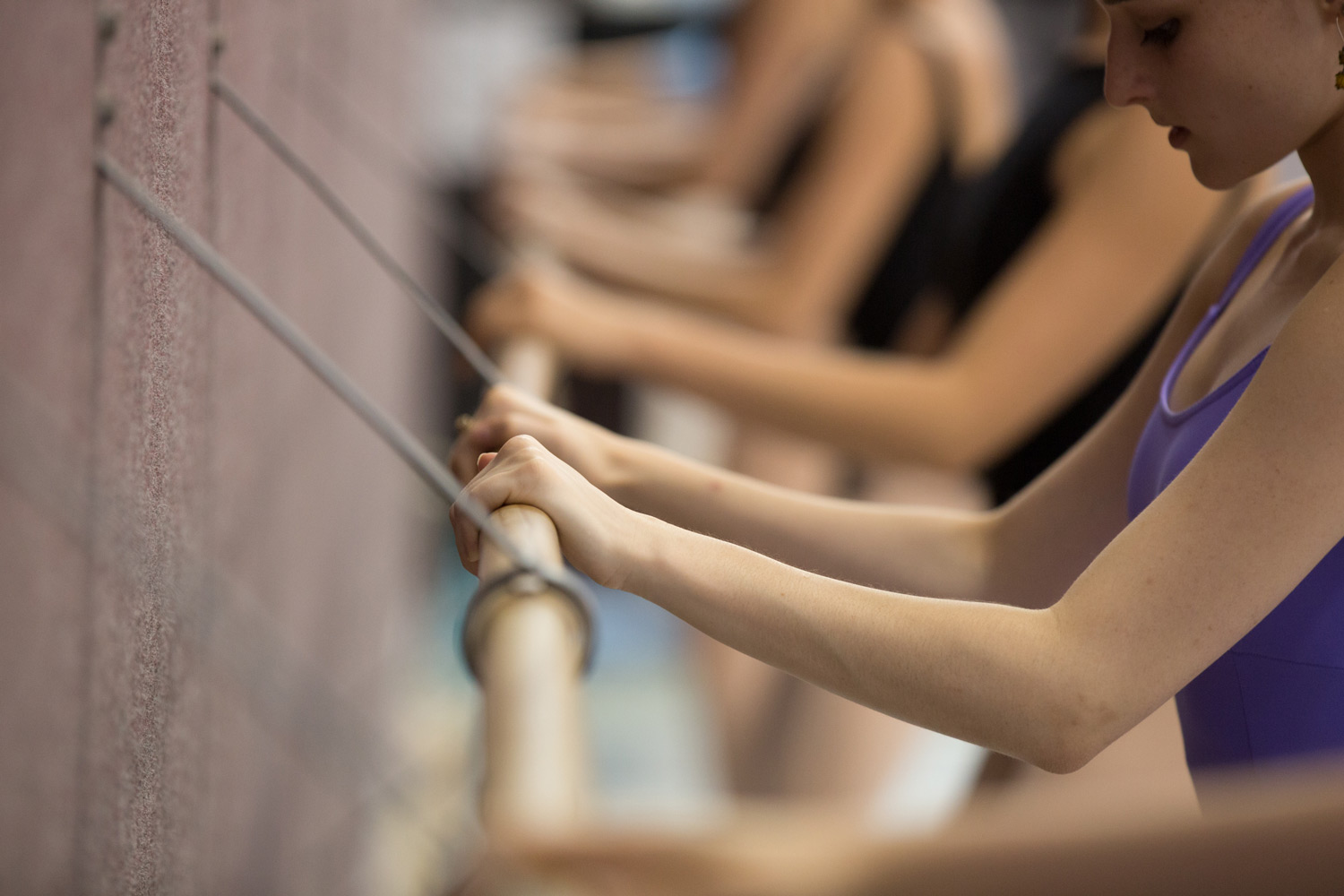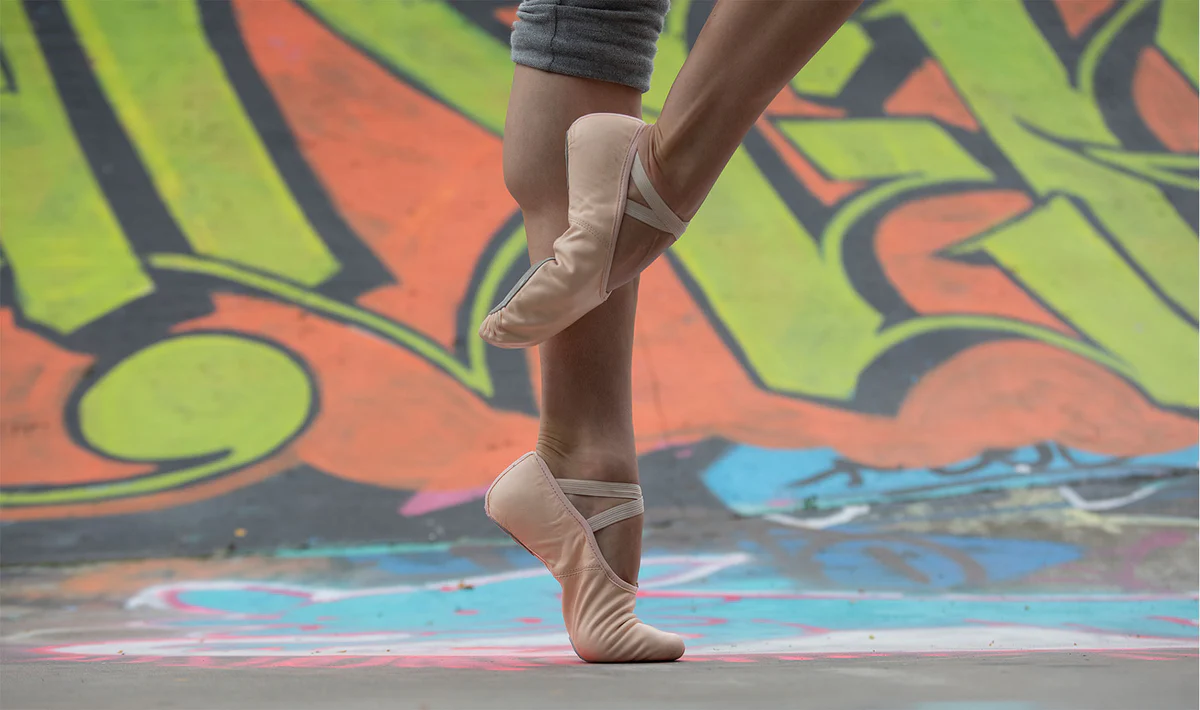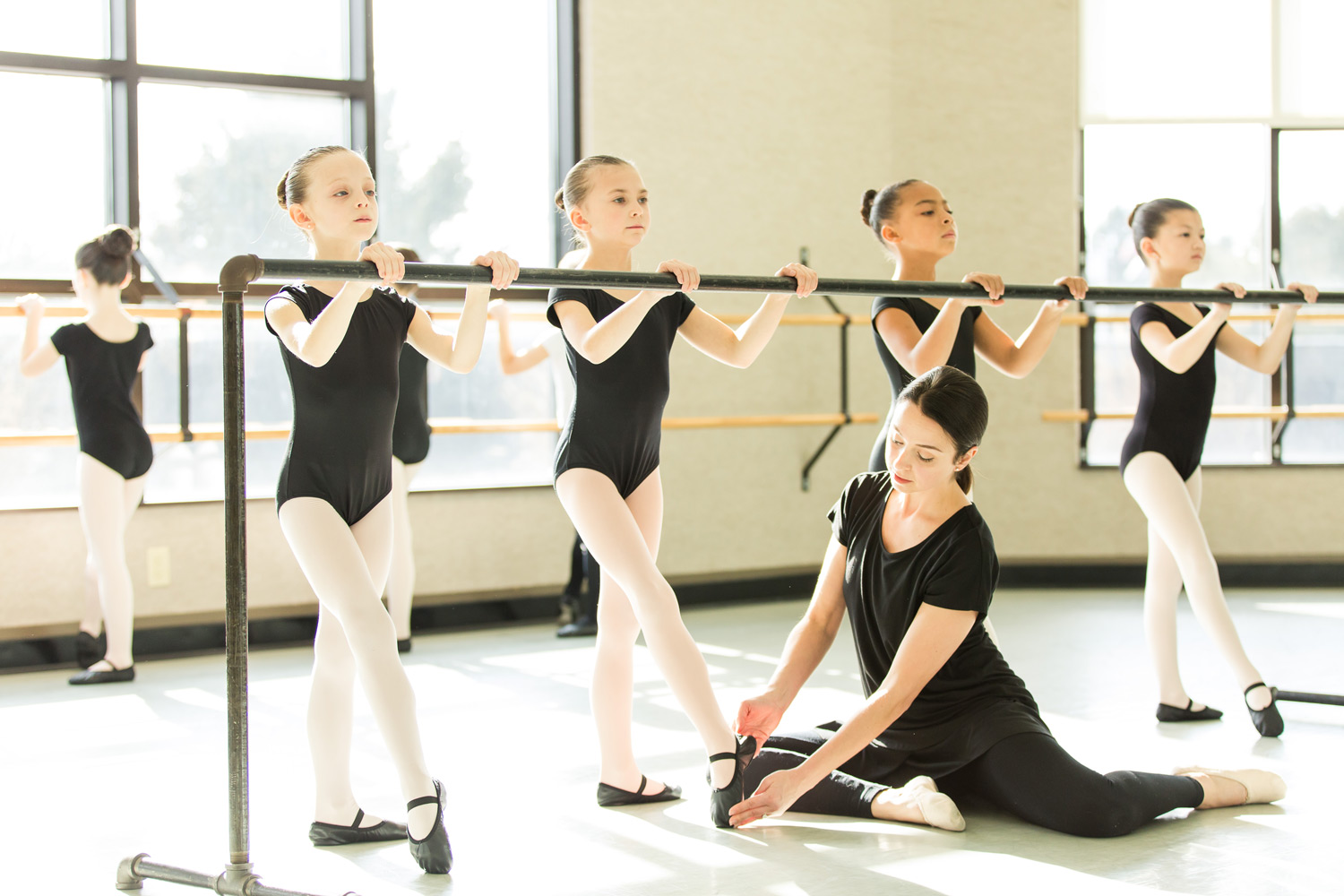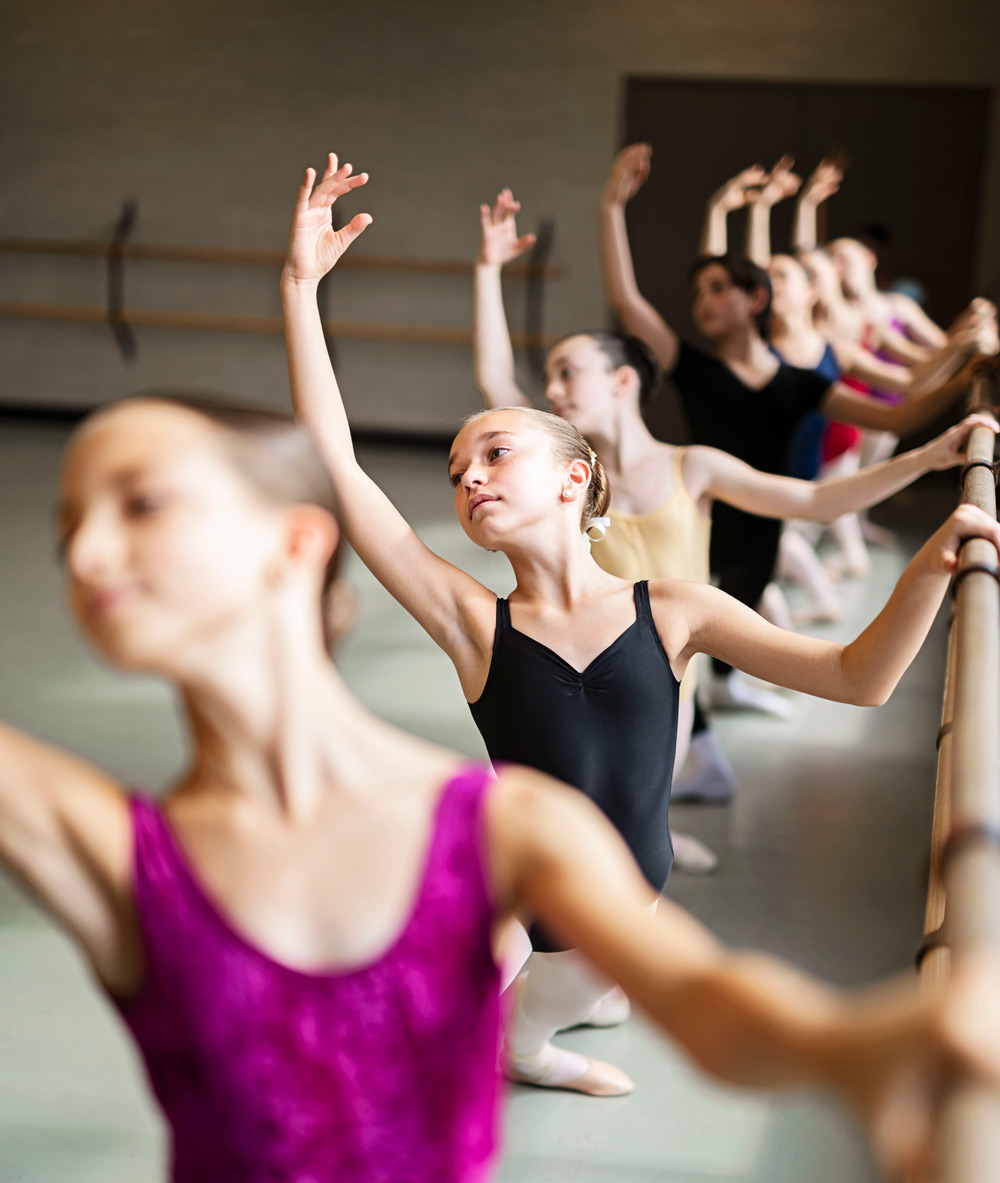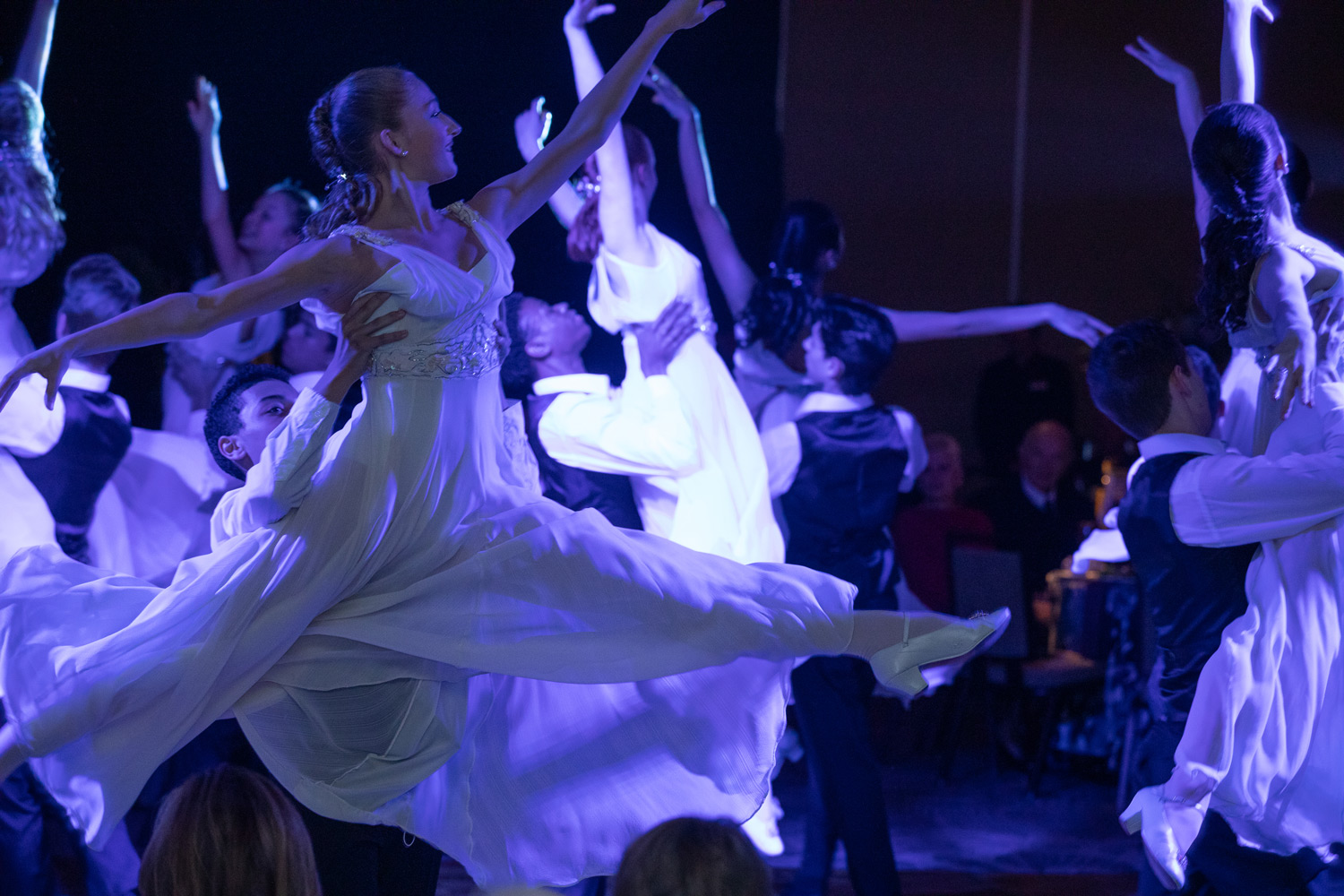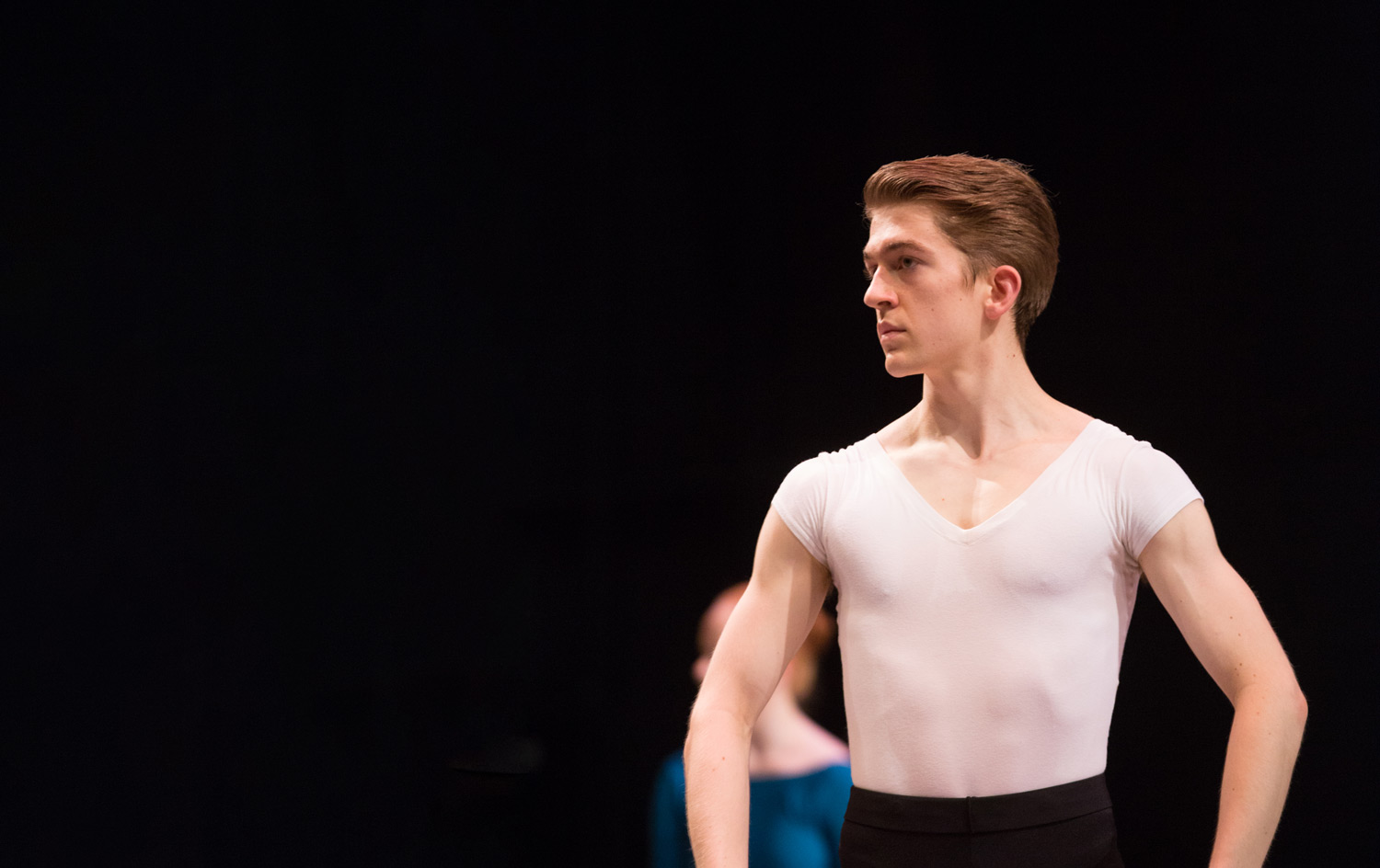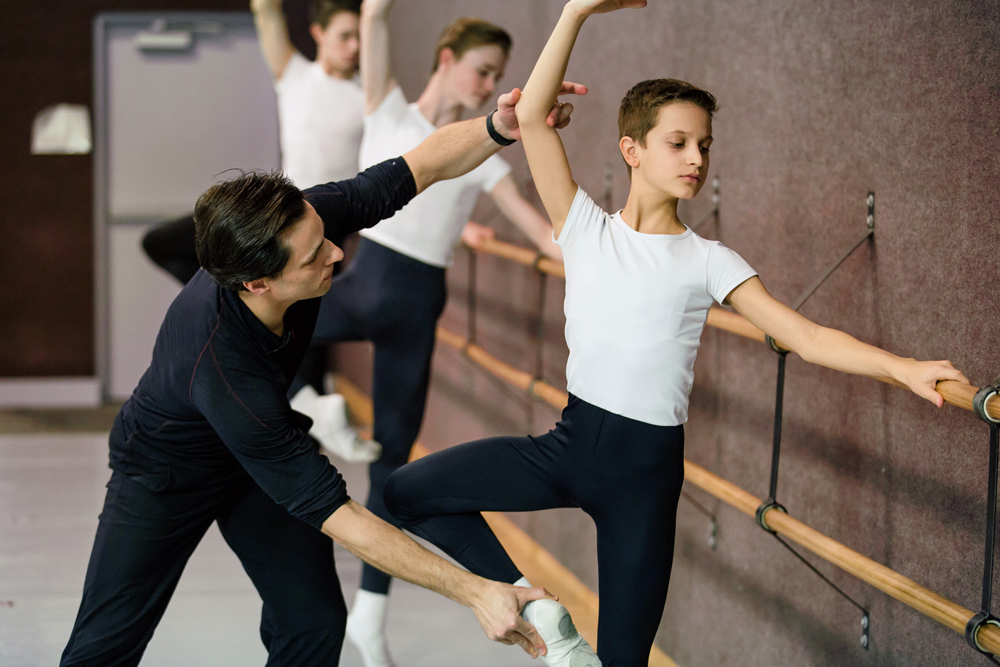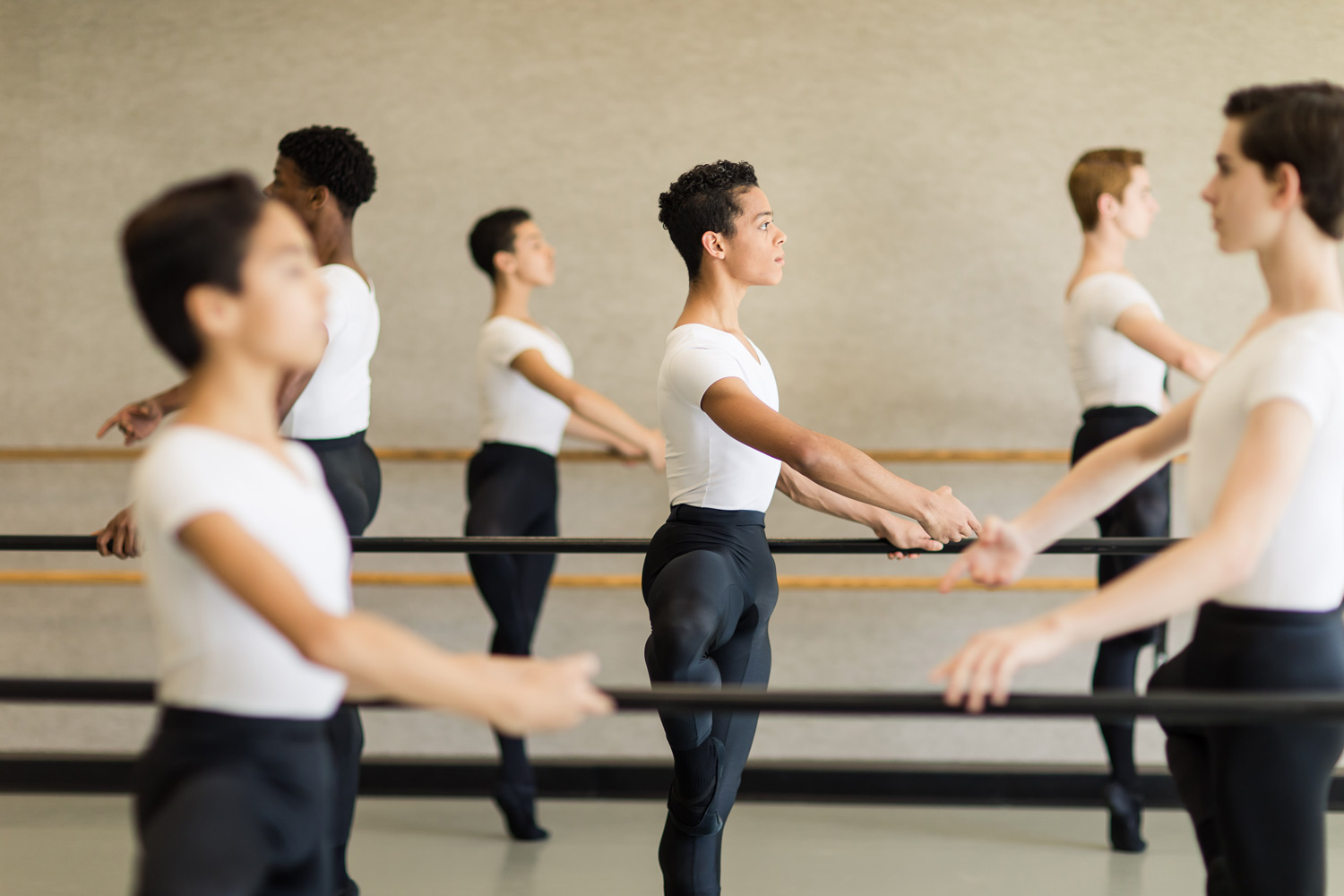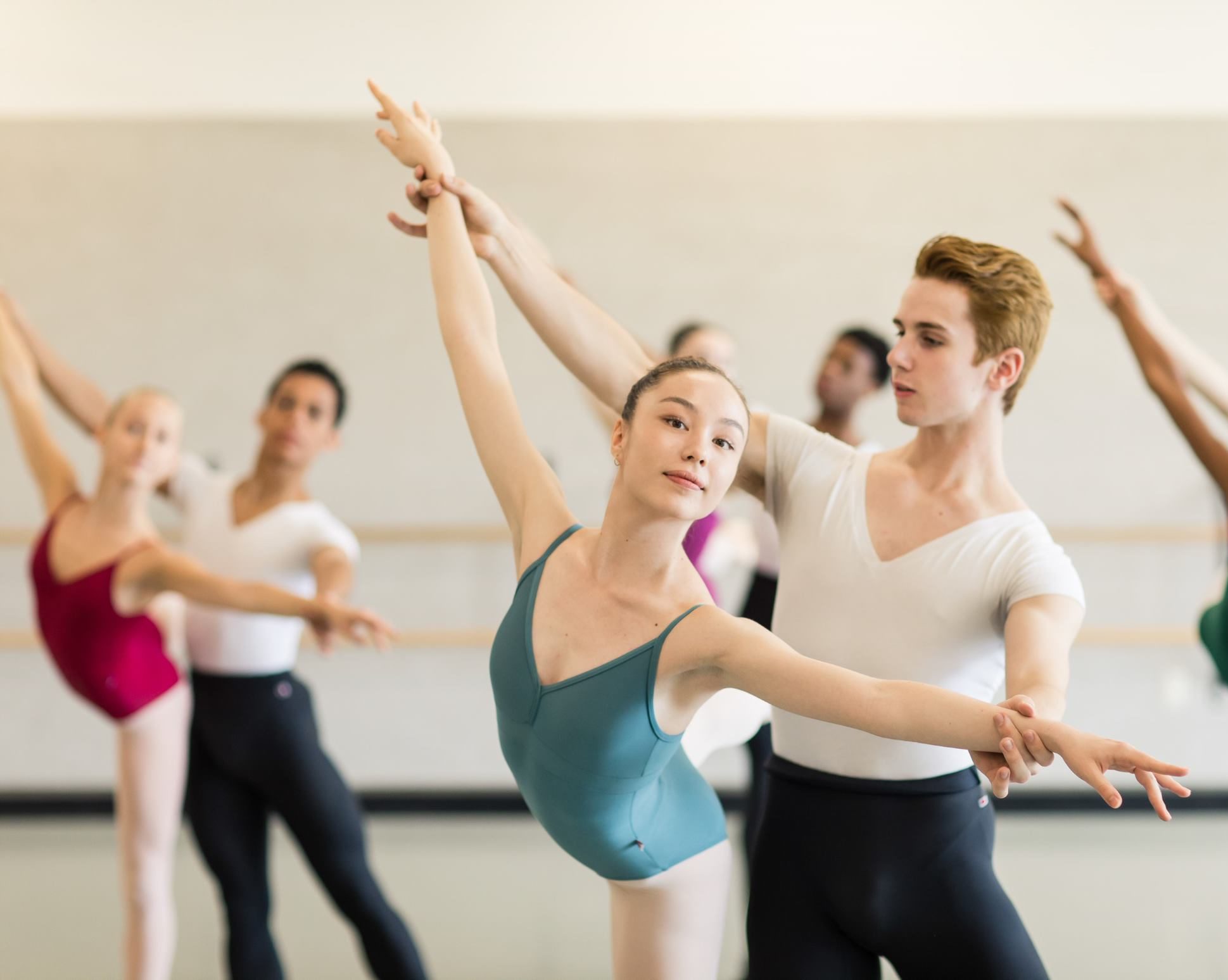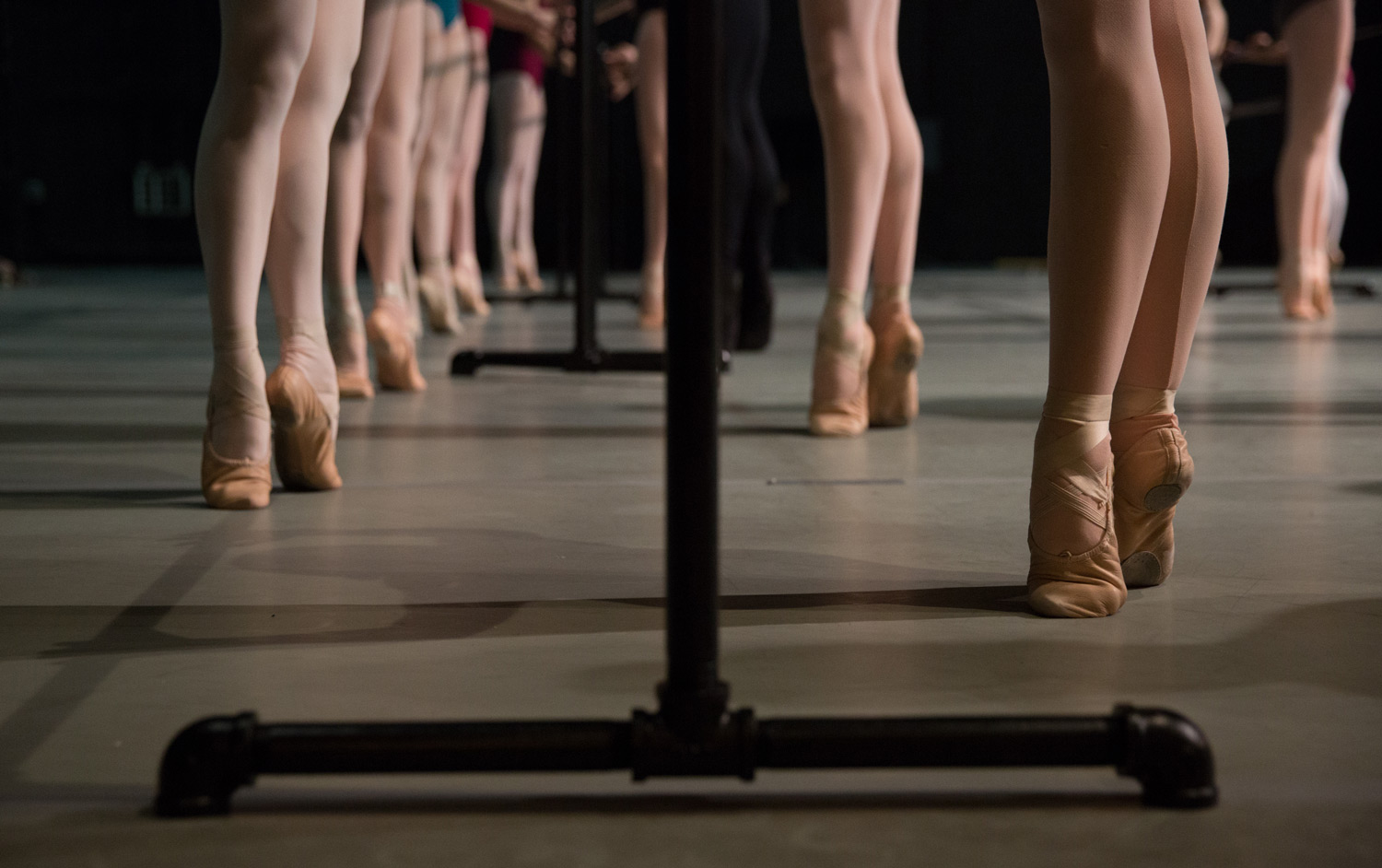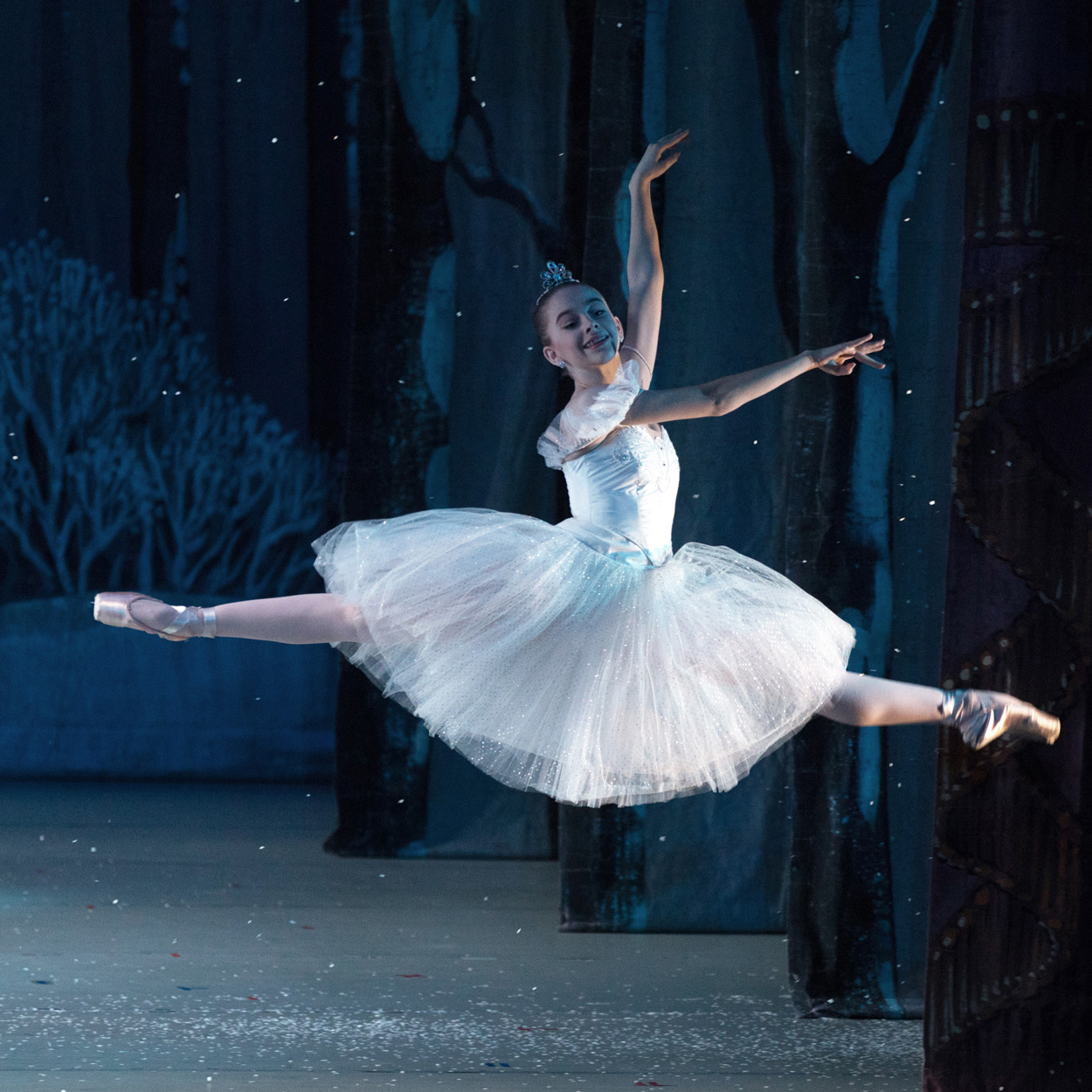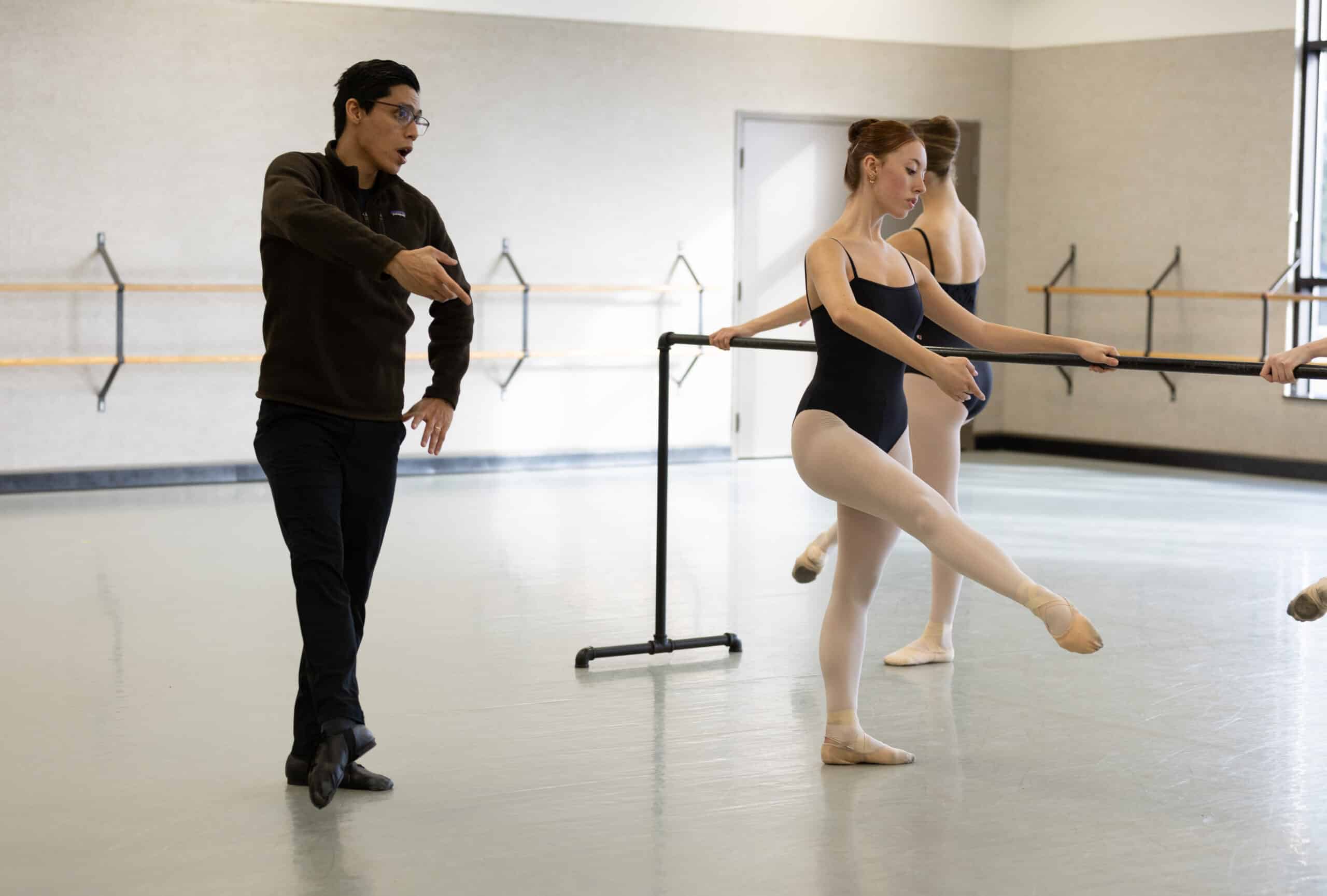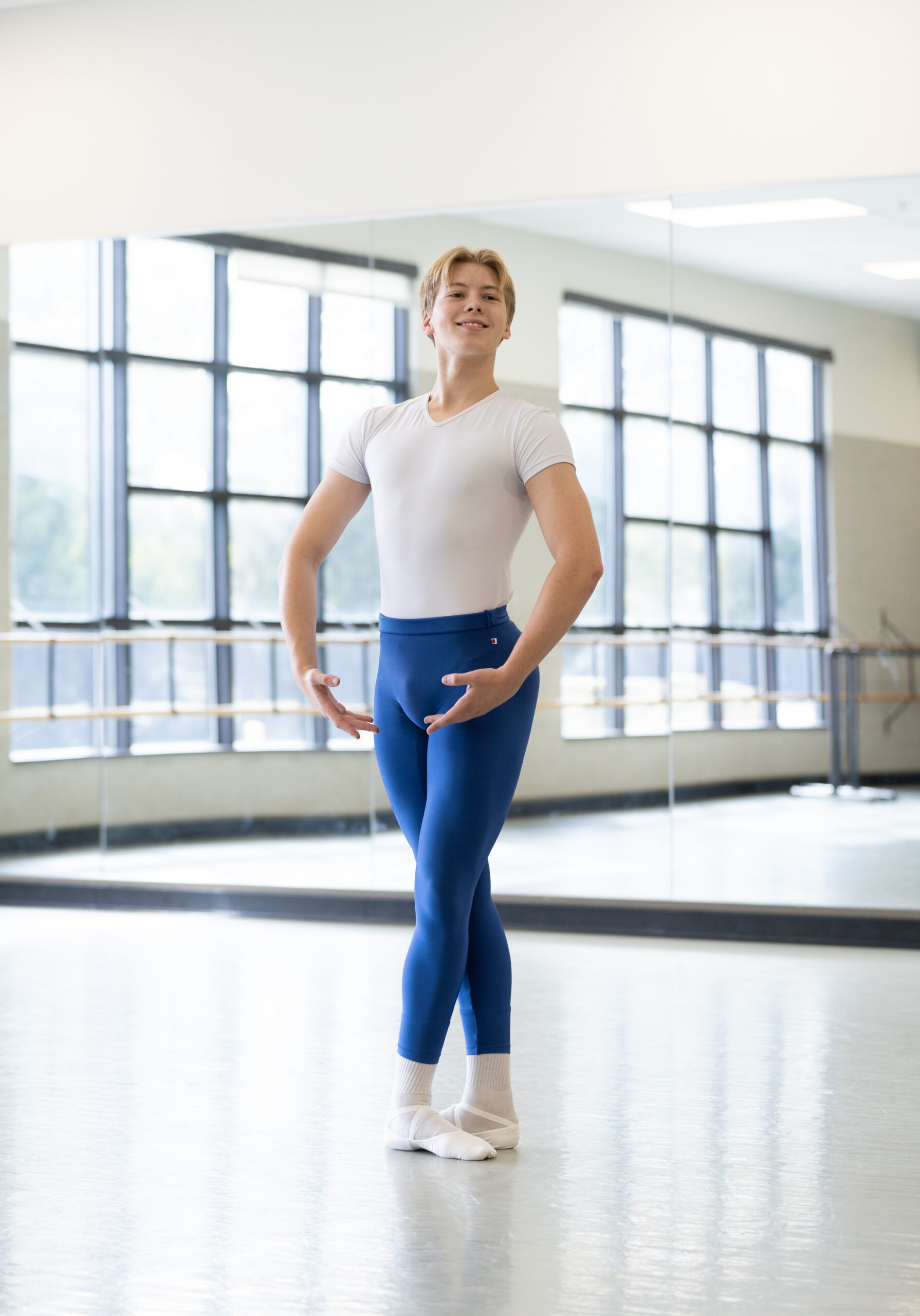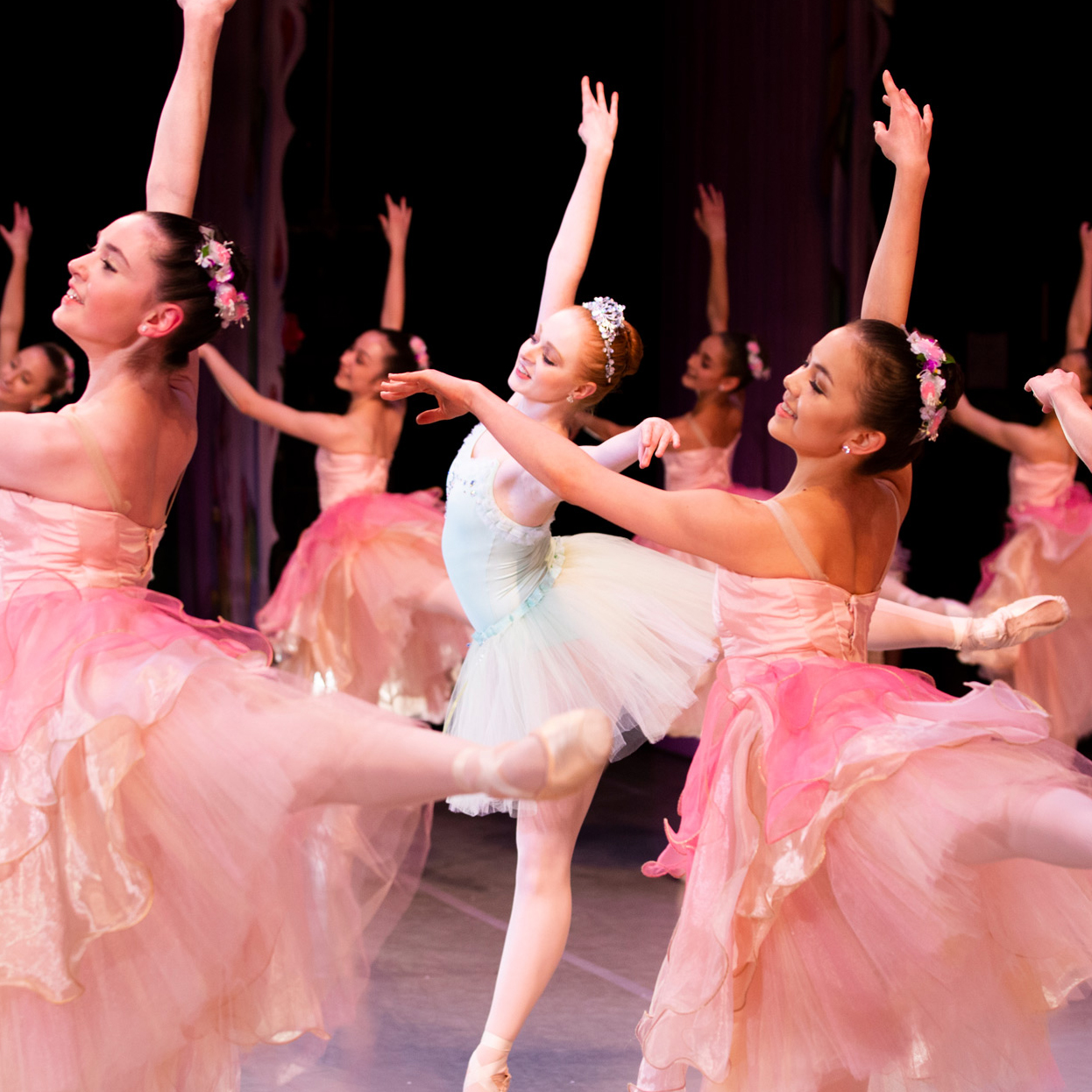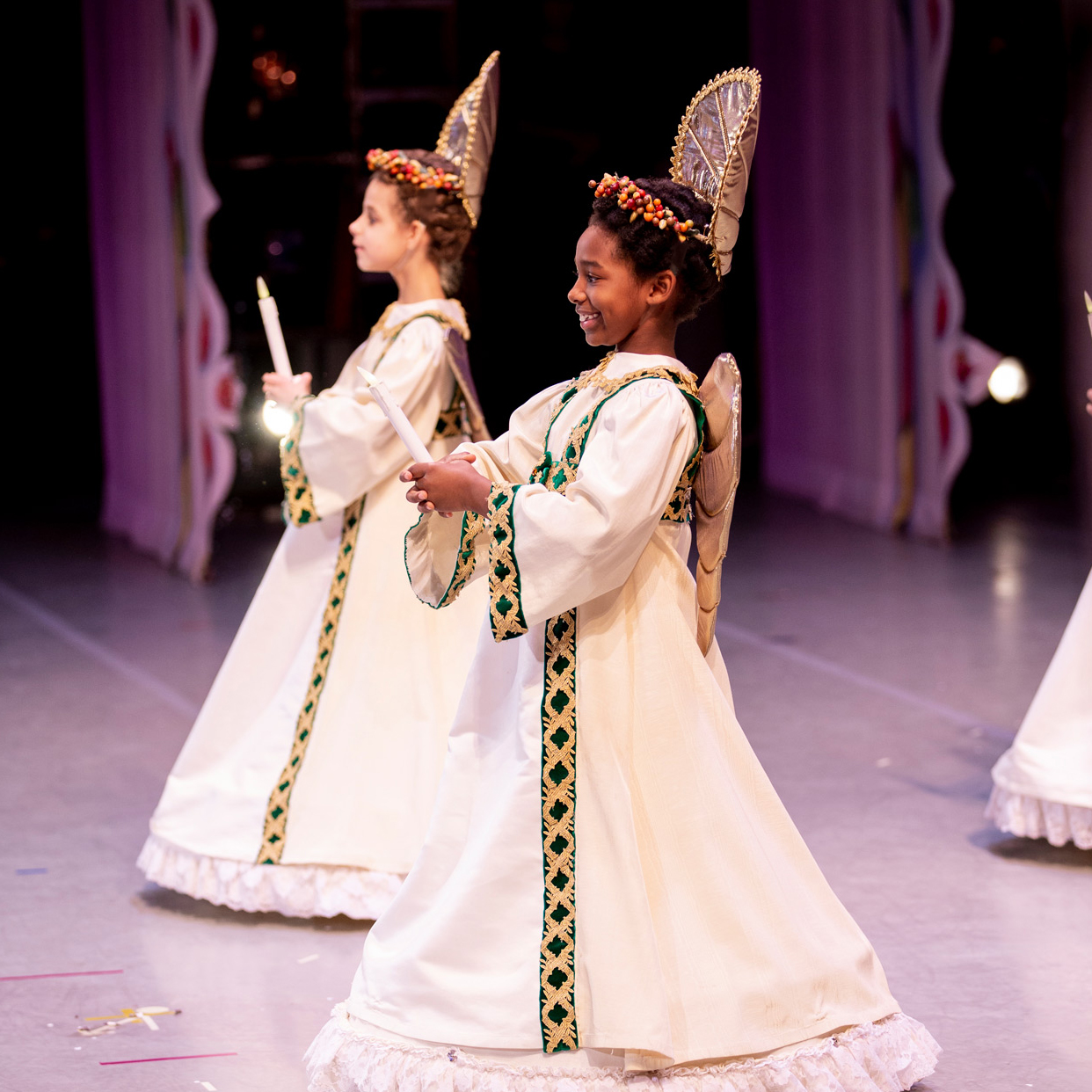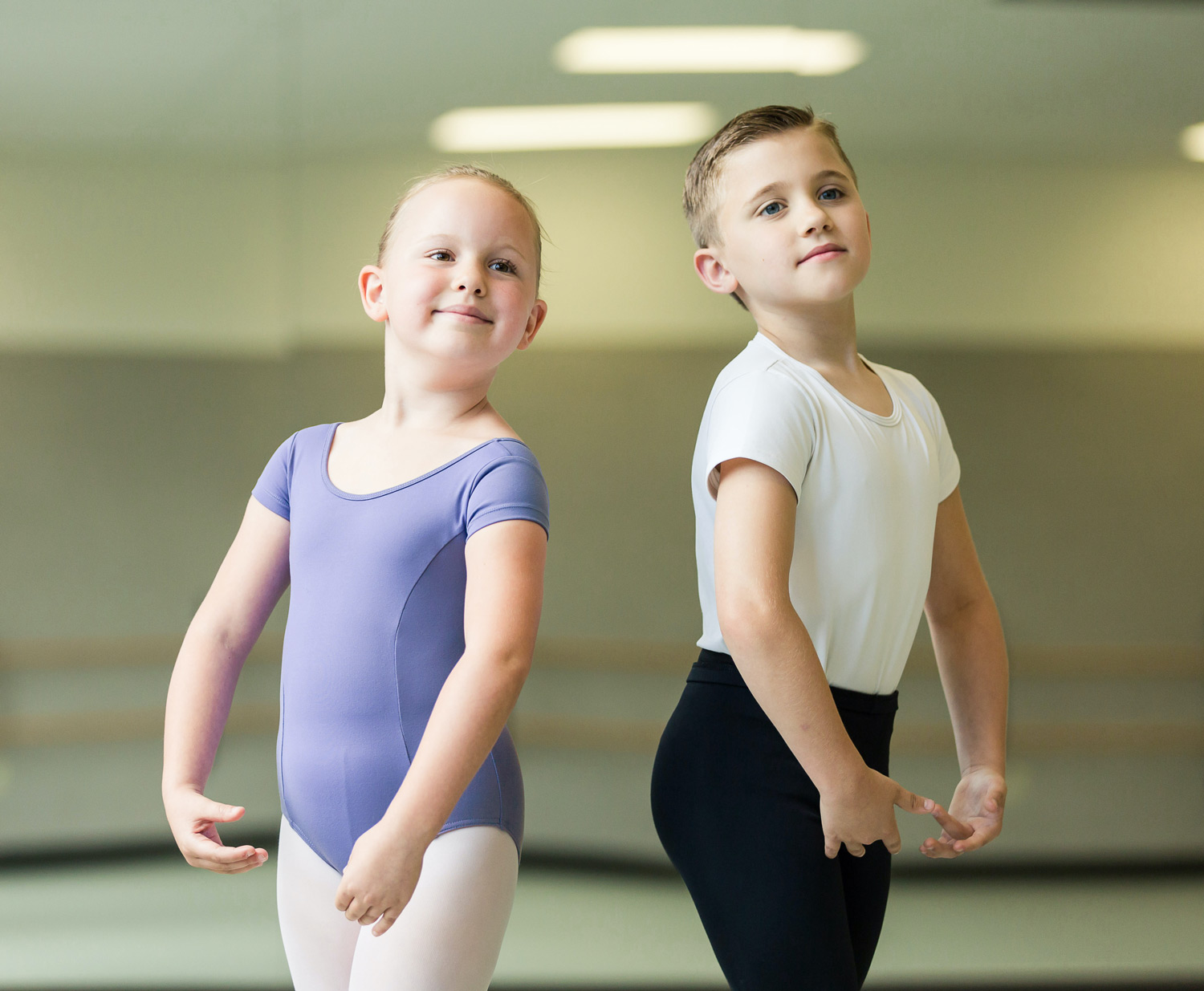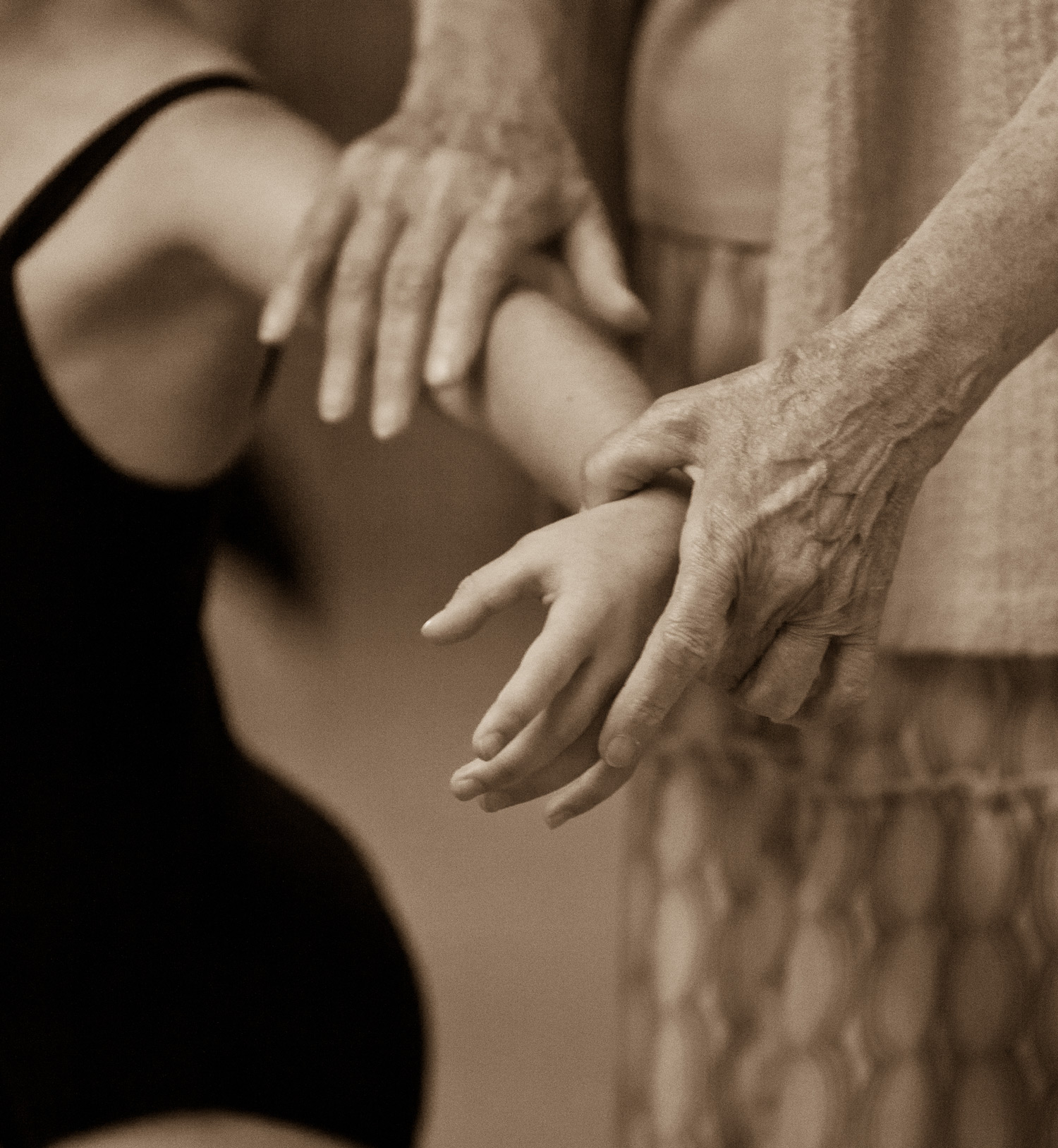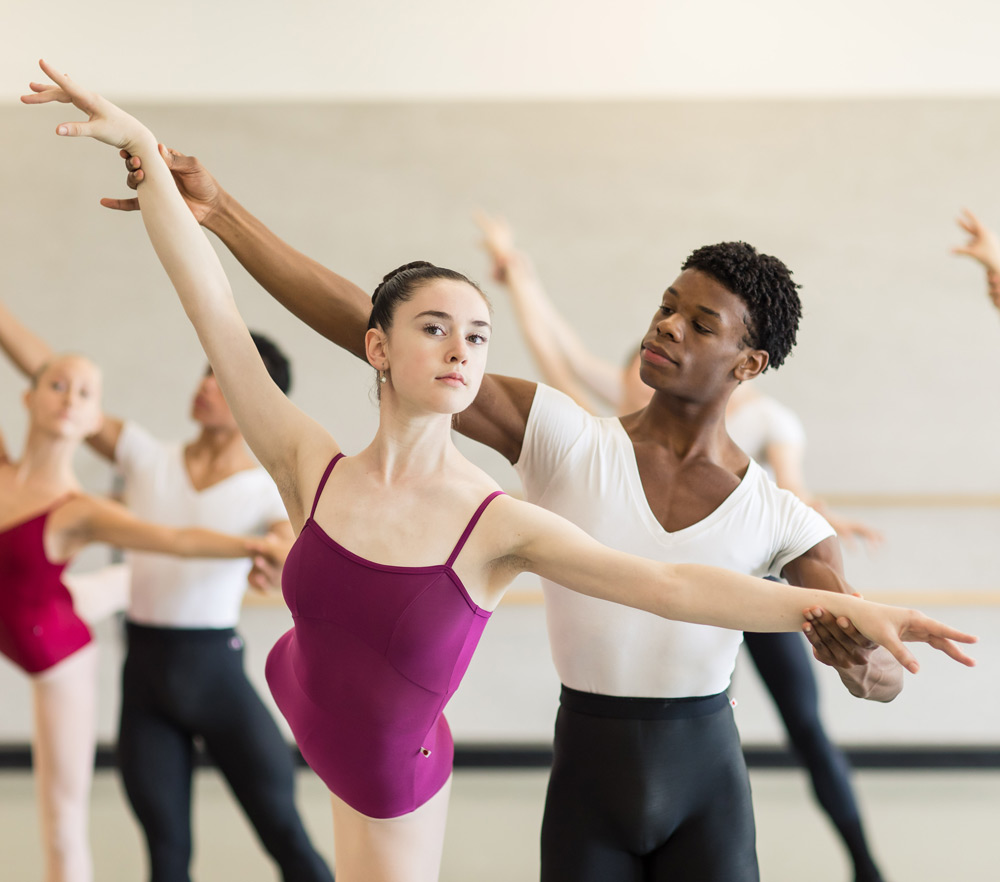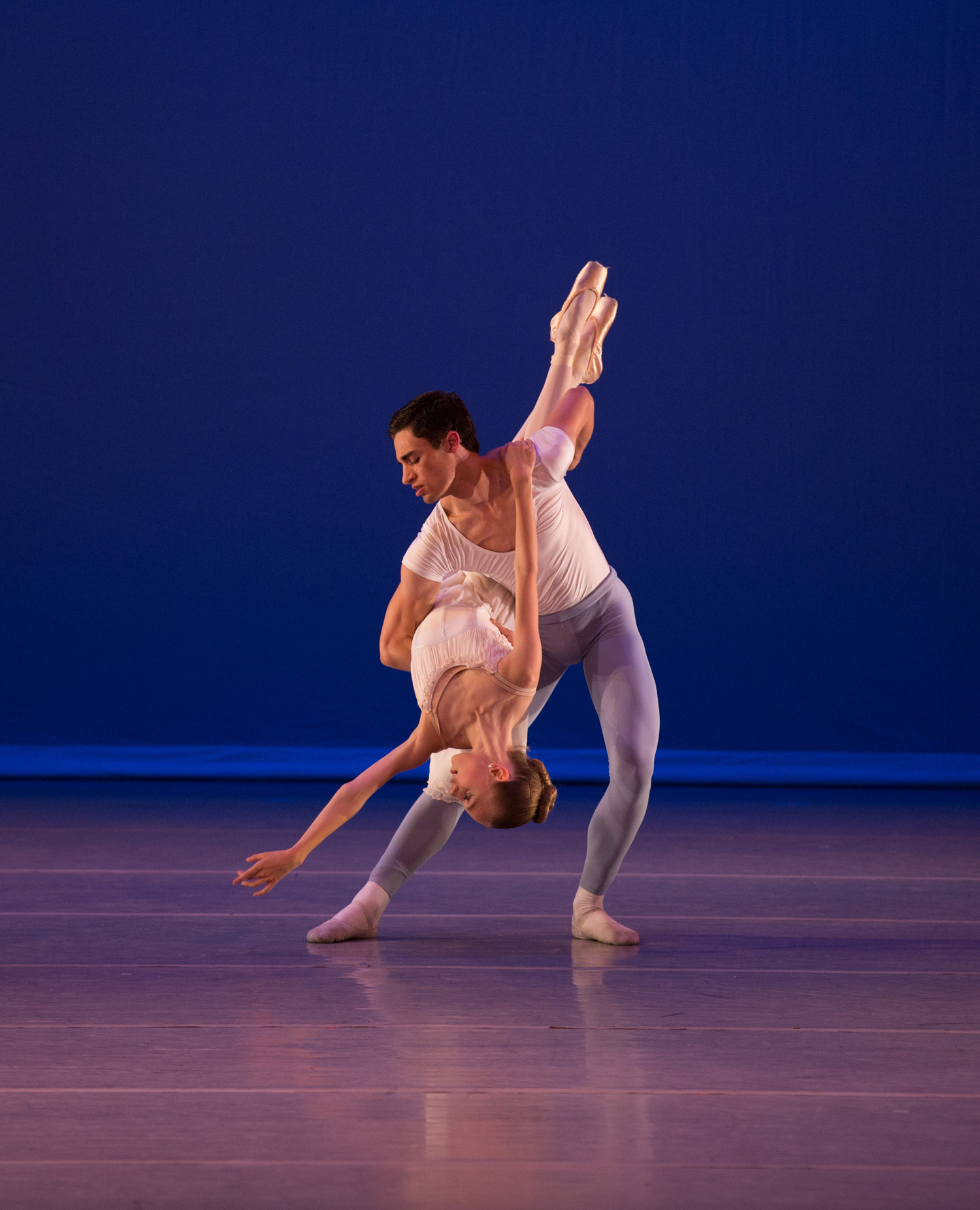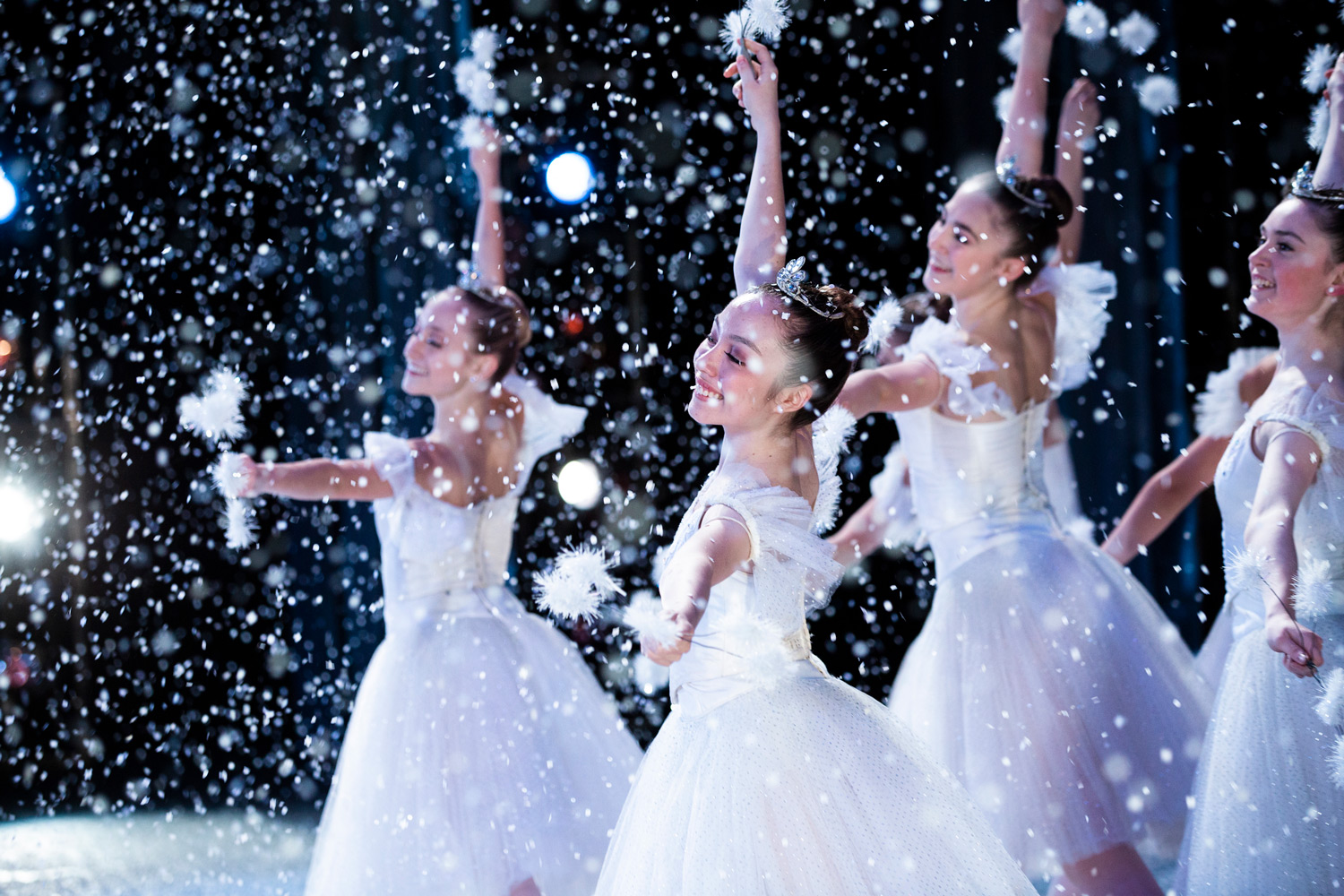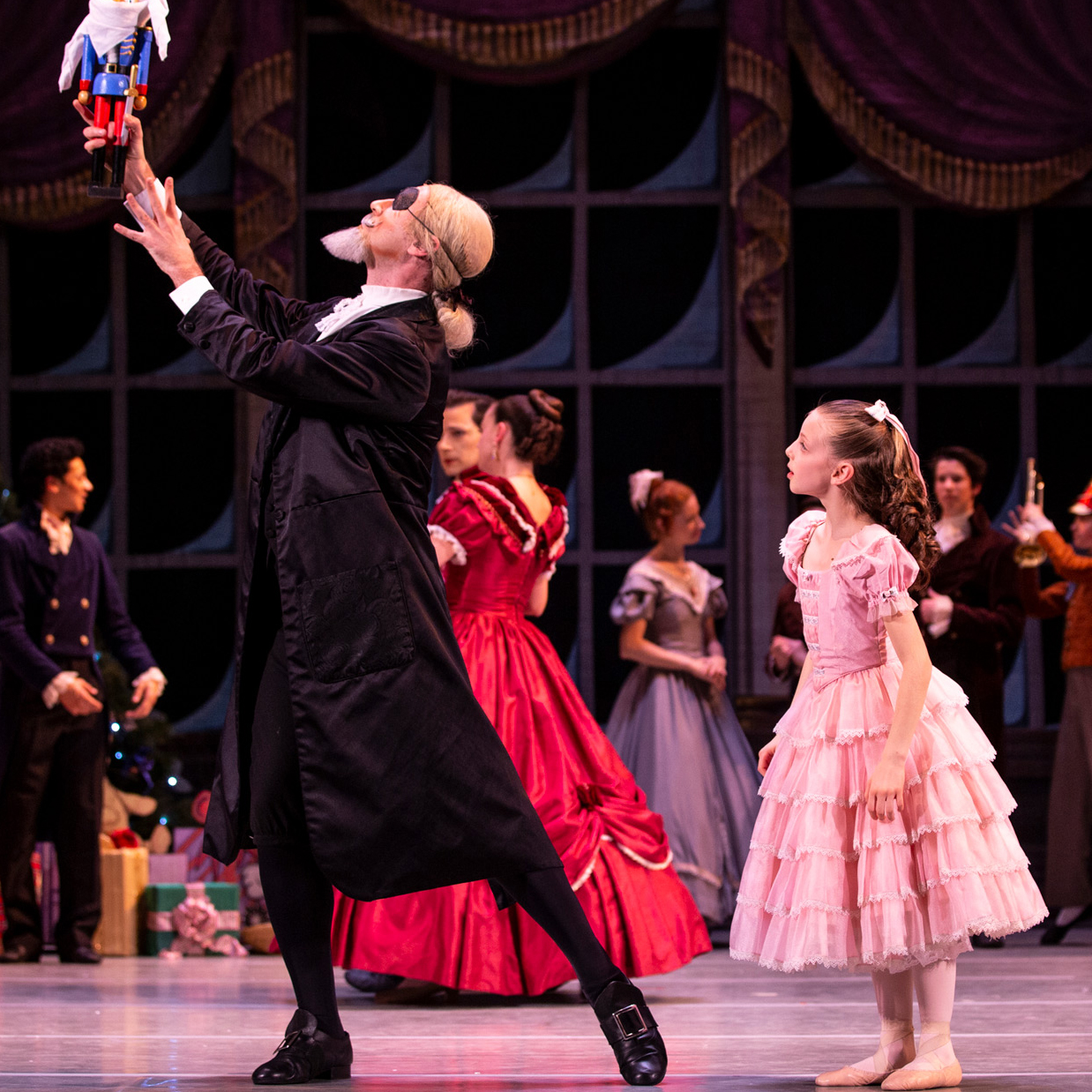Enrolling in a beginning ballet class can be an exciting time for a child! It’s a good thing that kids love to learn, and they typically pick things up quickly because, along with positions and moves, ballet classes also come with terminology! Most ballet teachers and courses include French terms in beginner ballet classes, which can initially feel confusing or overwhelming. Learning the proper ballet terms can help your child to feel more confident as they practice sequences and movements on their own or with their class.
1. Sauté
Beginning dancers are introduced to a variety of terms, including Sauté. In French, Sauté means “to jump”. This move is used in basic jumps using one foot or two feet. When Sauté is added to another ballet move, the dancer must jump while simultaneously performing the move. Jumping and other cardiovascular exercise are excellent for improving strength and stamina. Sauté movements can be learned at any age.
2. Arabesque
Those just starting dance will also learn Arabesque, one of the foundational poses in ballet. This pose requires the dancer to stand on one leg and extend the other leg behind them. Arabesque is a common pose for beginning dancers, improving overall strength, balance, and focus.
3. Tendu
In ballet, Tendu is considered a movement, not technically a position. It is a core movement that serves as a foundation for many others. Tendu involves stretching/lengthening/rotating movement of the working leg with the toes pointing and only the toes touching the floor. Tendu is a useful movement to help with shaping and toning the legs. Tendu is not a movement that is limited to one side. It can be done in various positions, from the front or the back and from either side of the body.
4. Plié
One of the most common ballet terms for beginners is Plié. The Plié movement represents bending or the bent motion of the knee and most jumps in ballet begin and end in Plié. Pliés help strengthen thigh muscles and they are great for conditioning and stretching.
5. Port De Bras
If you’ve ever watched a ballet performance, you’ve likely imagined the Port De Bras movement in your mind at least once. Port De Bras is the movement or carriage of the arms through various dance positions. From lifting an arm above one’s head in a particular form to integrating unique arm movements into dance choreography, Port De Bras can tone the arms and help improve posture and flexibility.
Learning ballet terms goes hand in hand with any beginning ballet program. To keep up with instructions and performance-focused direction in the future, young dancers must know the language of ballet.
Searching for a local ballet class for your beginning dancer? Consider Central Pennsylvania Youth Ballet in Carlisle, PA. Both girls and boys learn coordination and ballet vocabulary in a setting designed to encourage their development and instill confidence. Learn more about our Children’s Division here.


